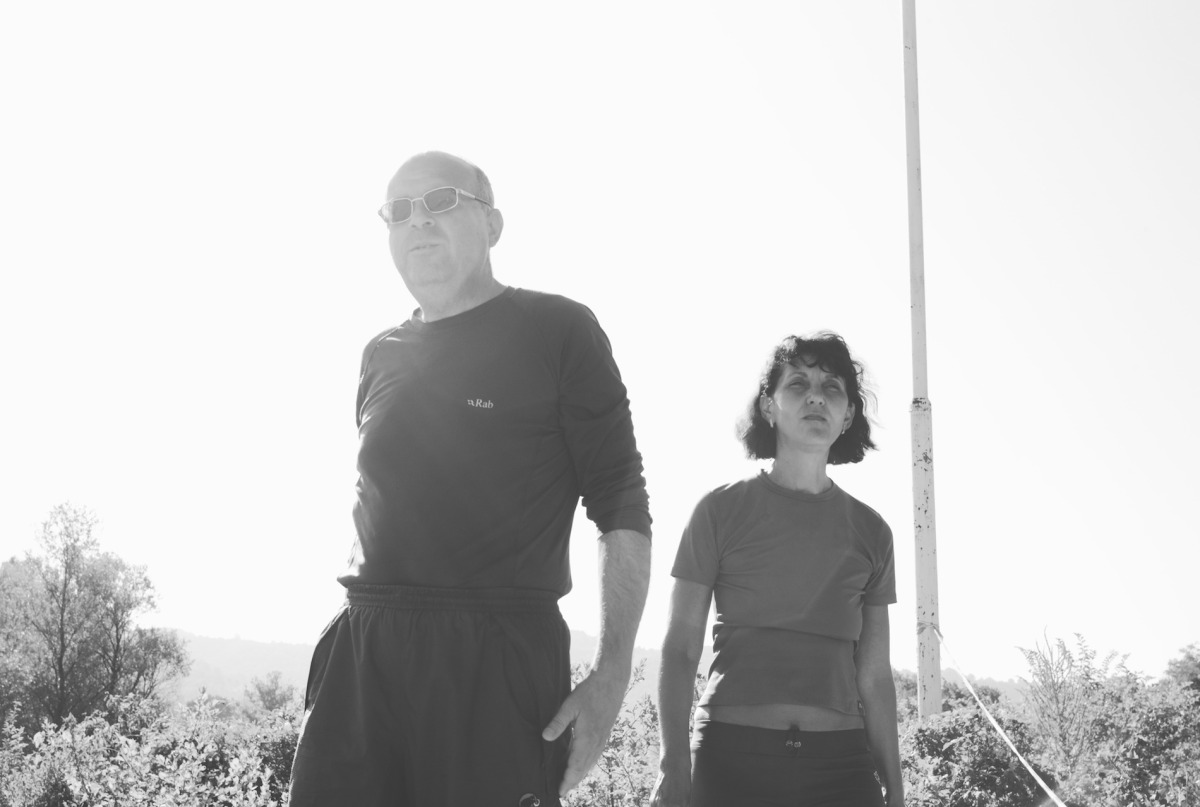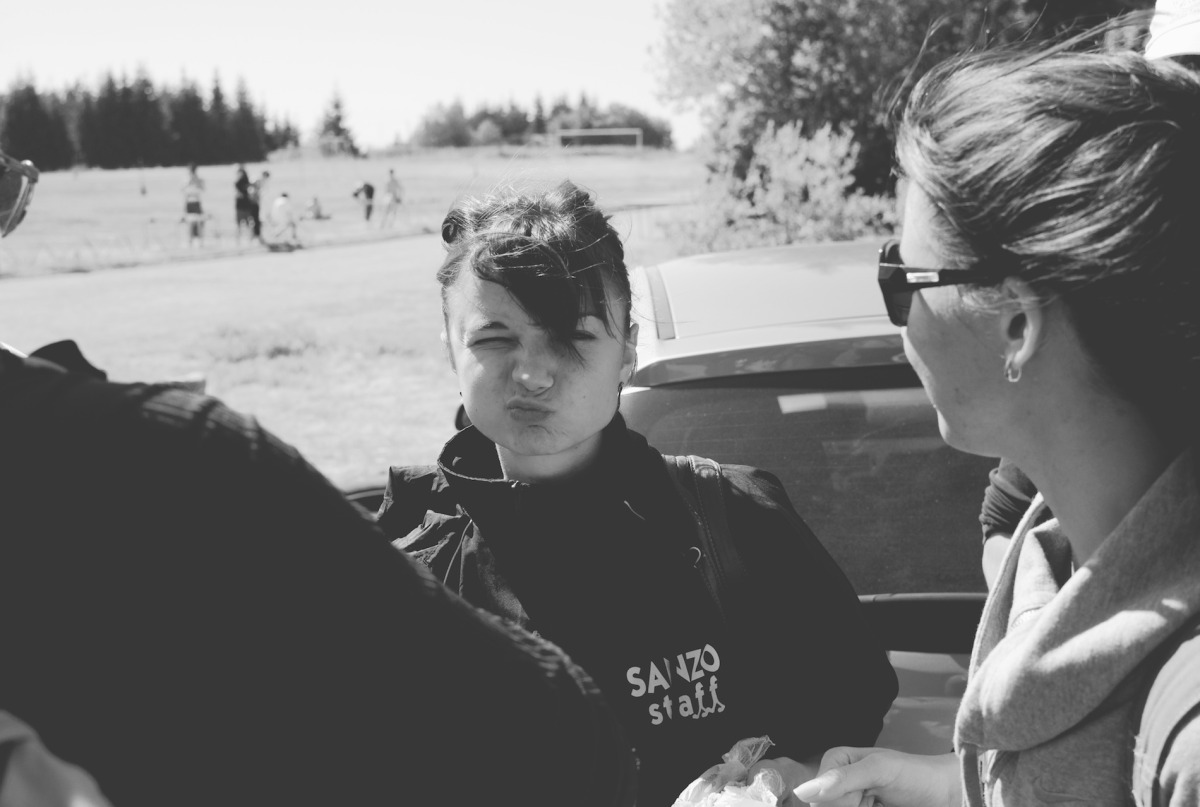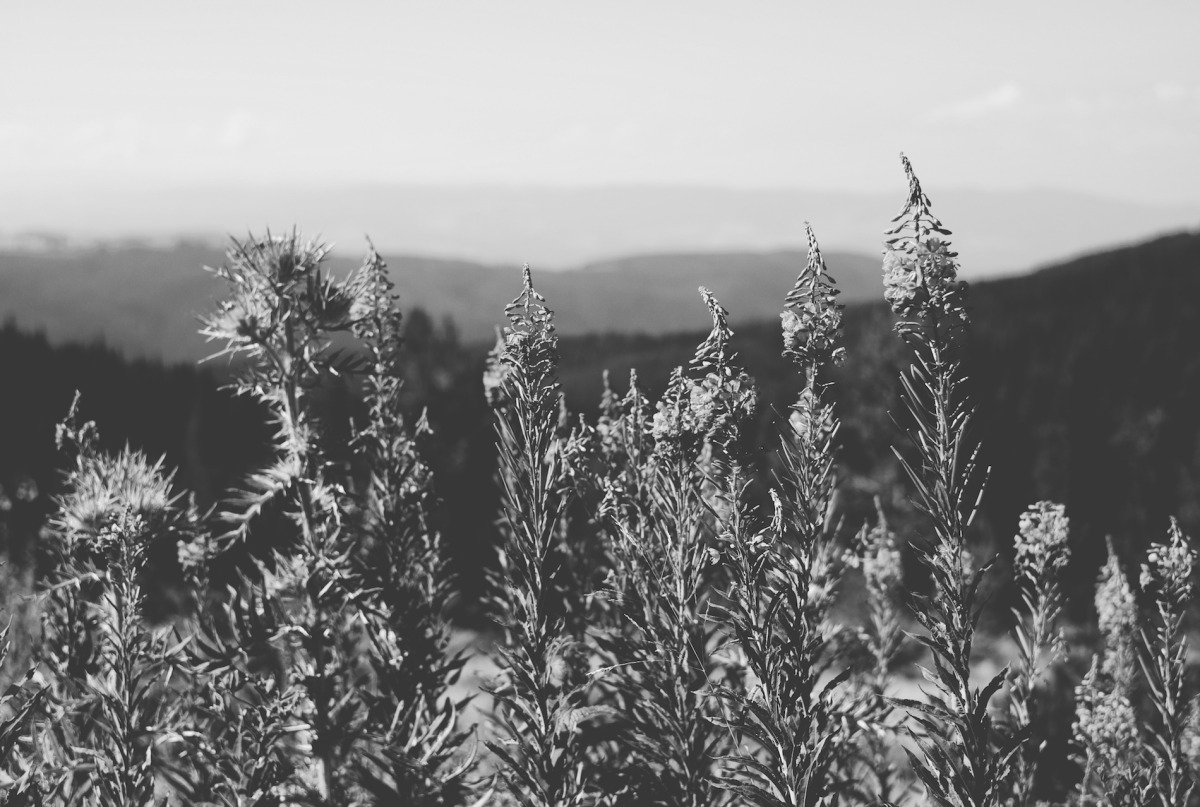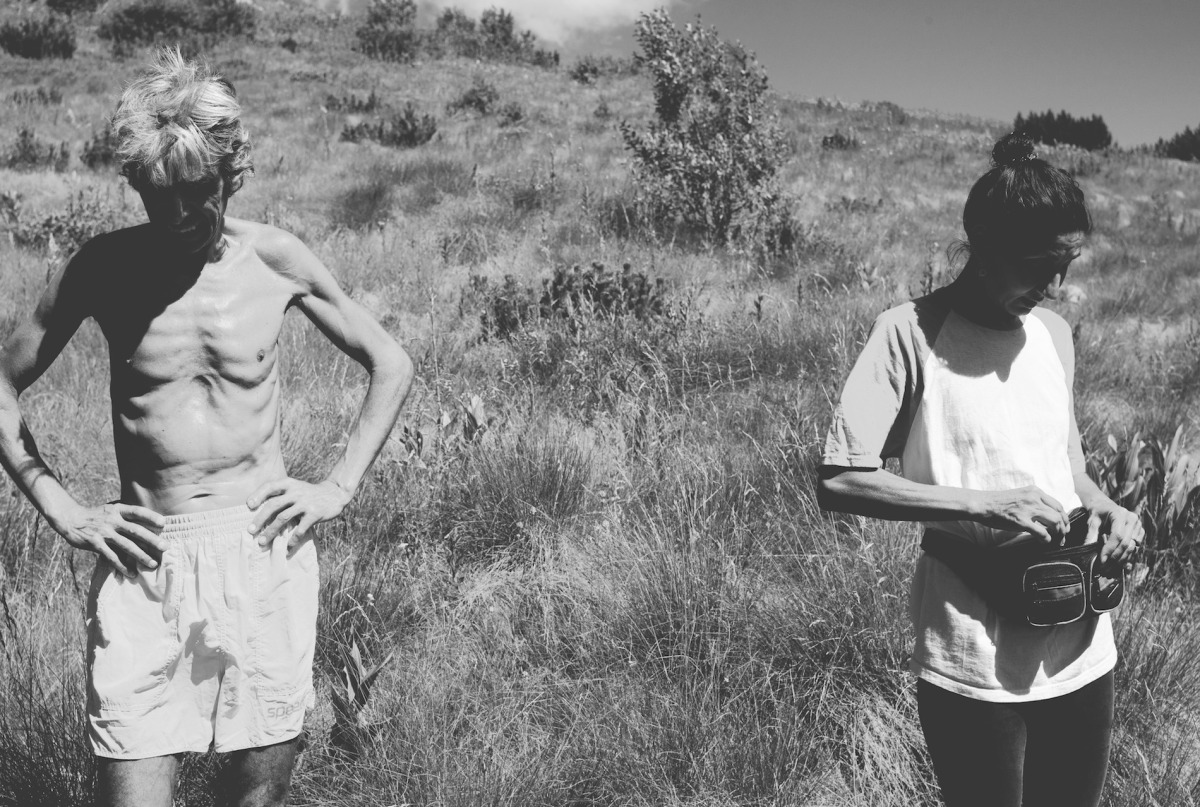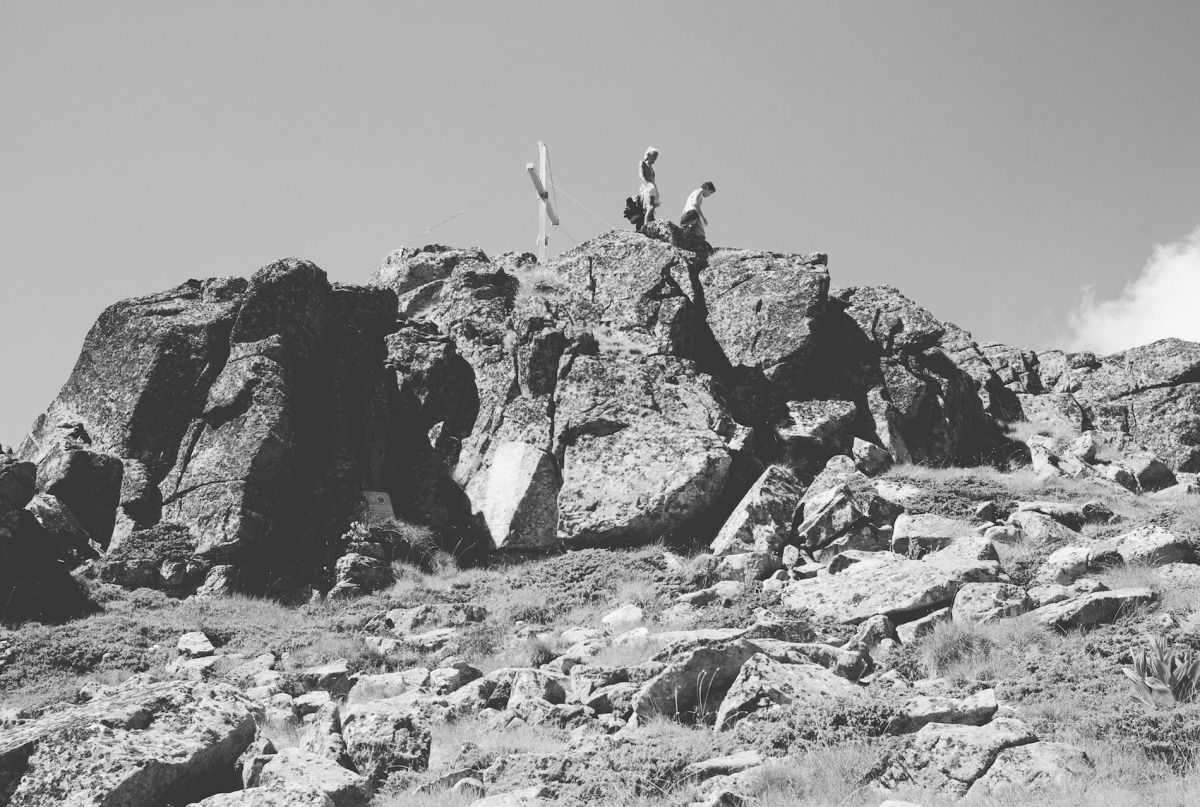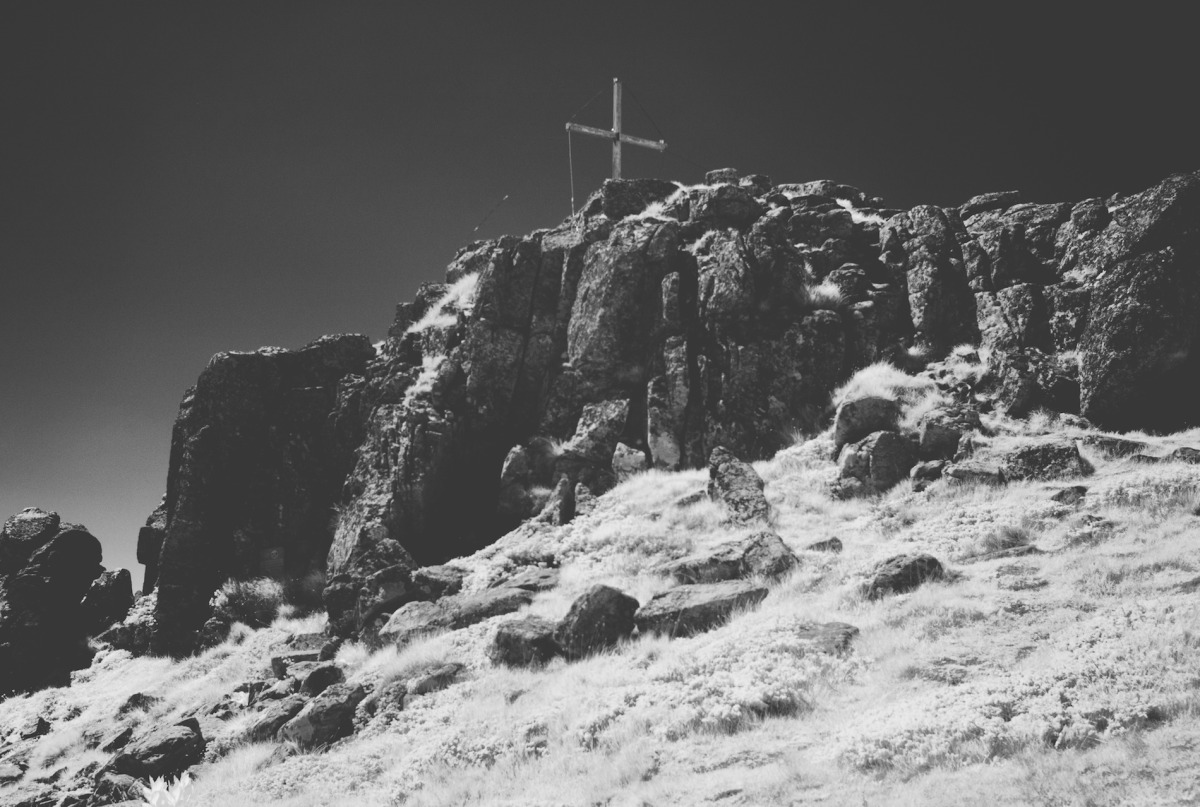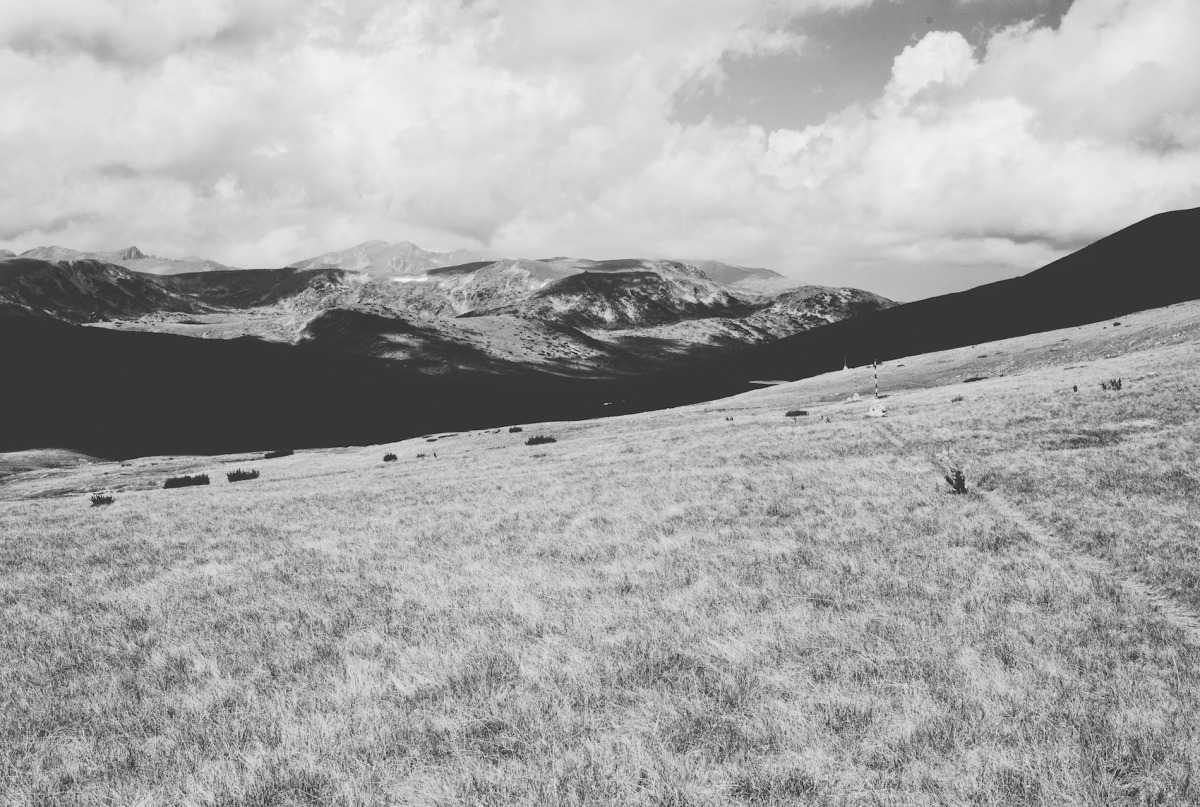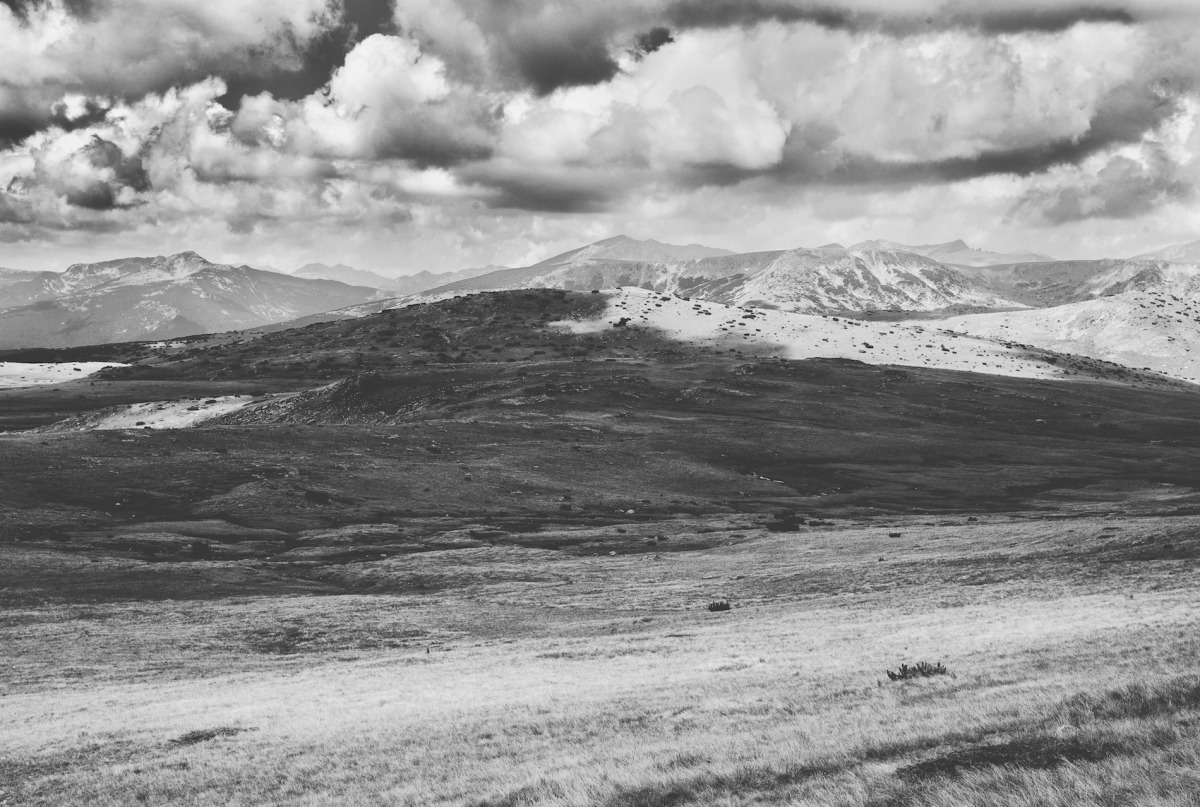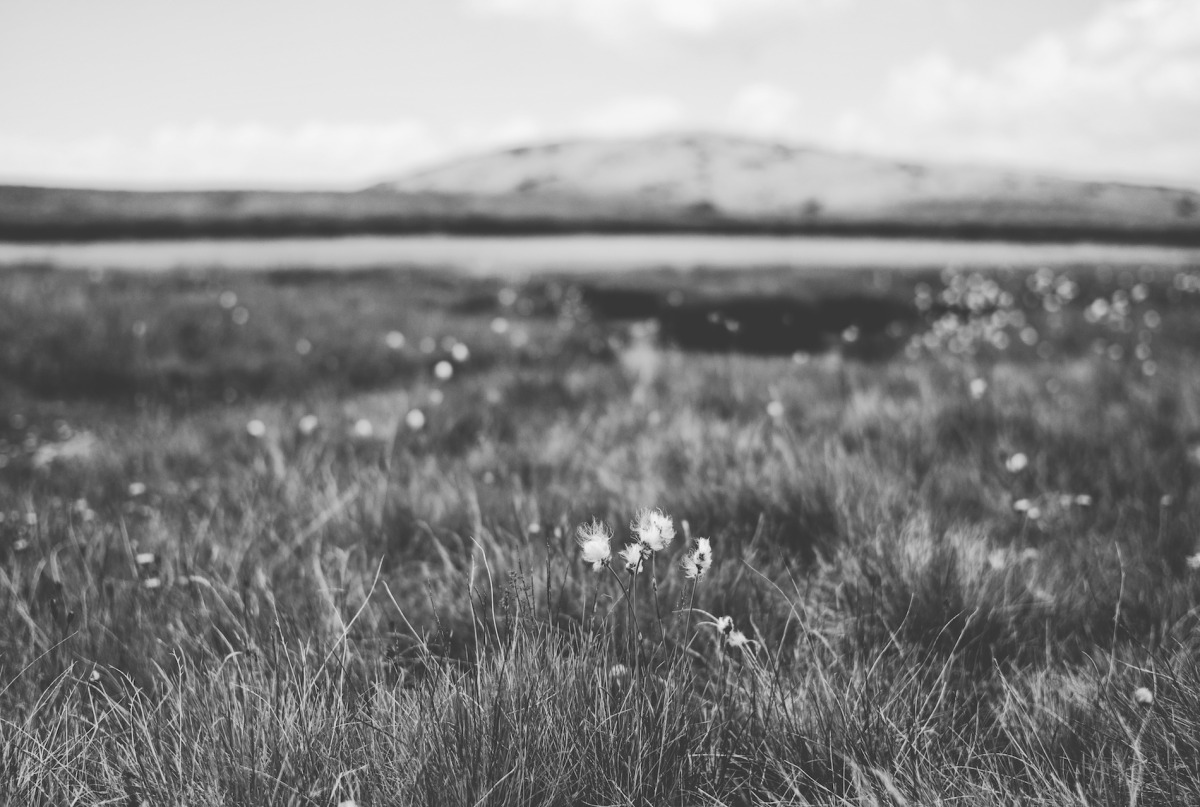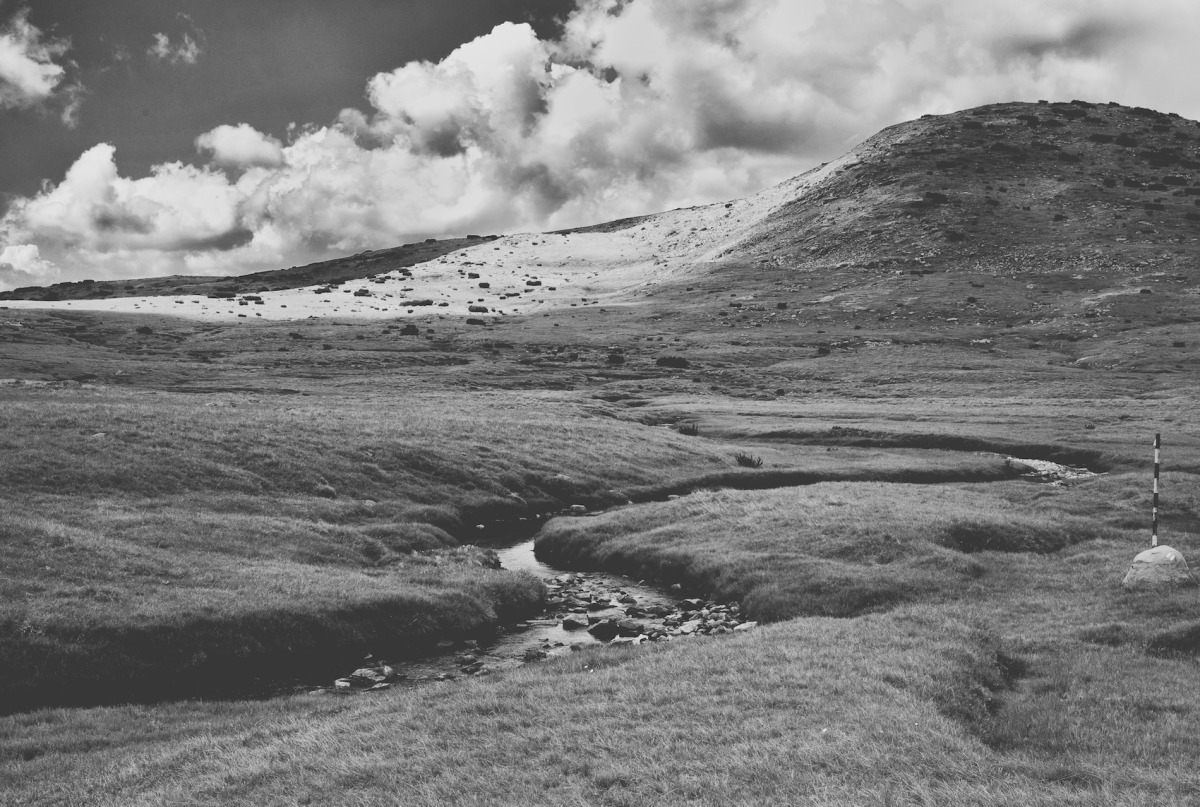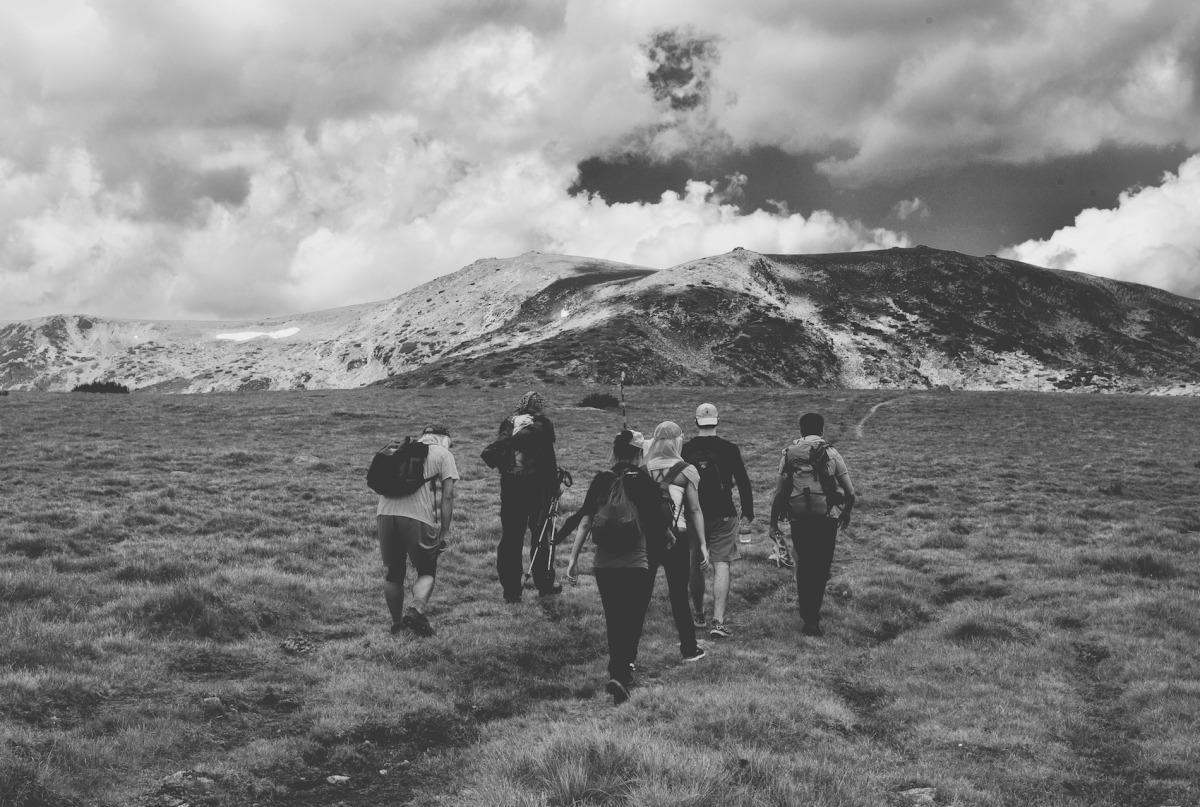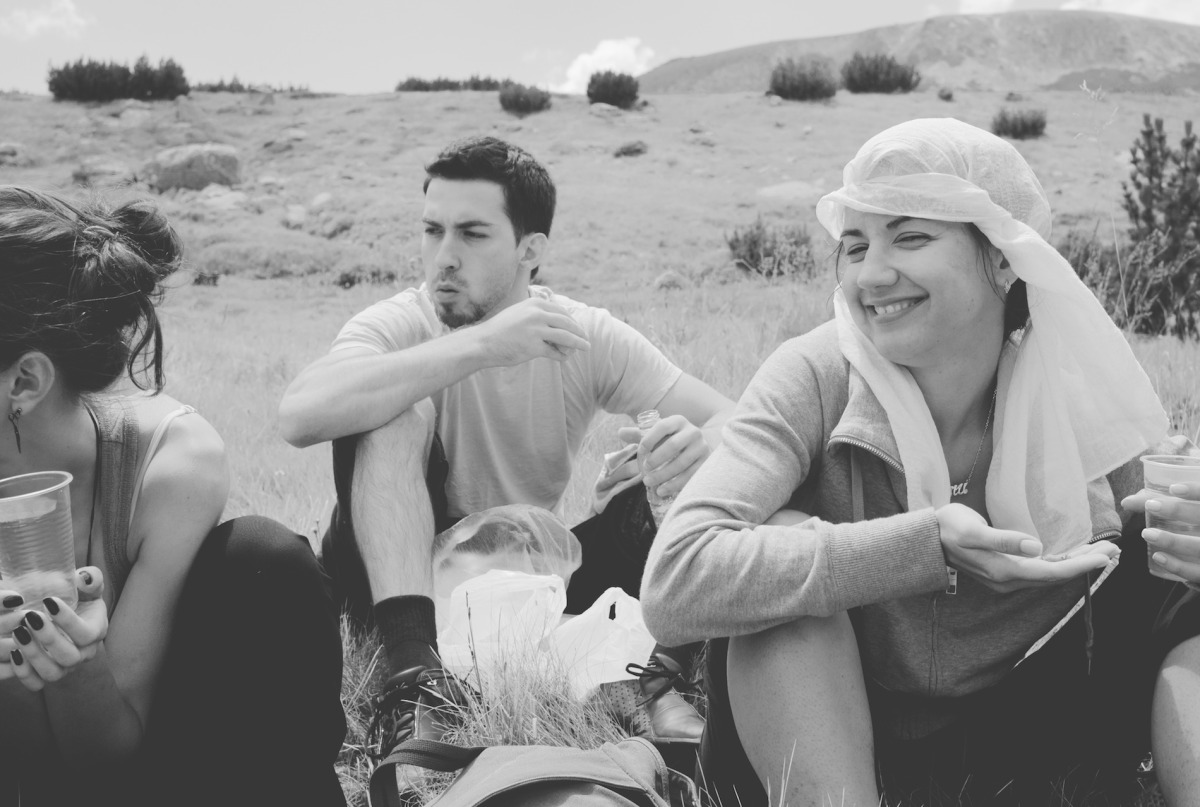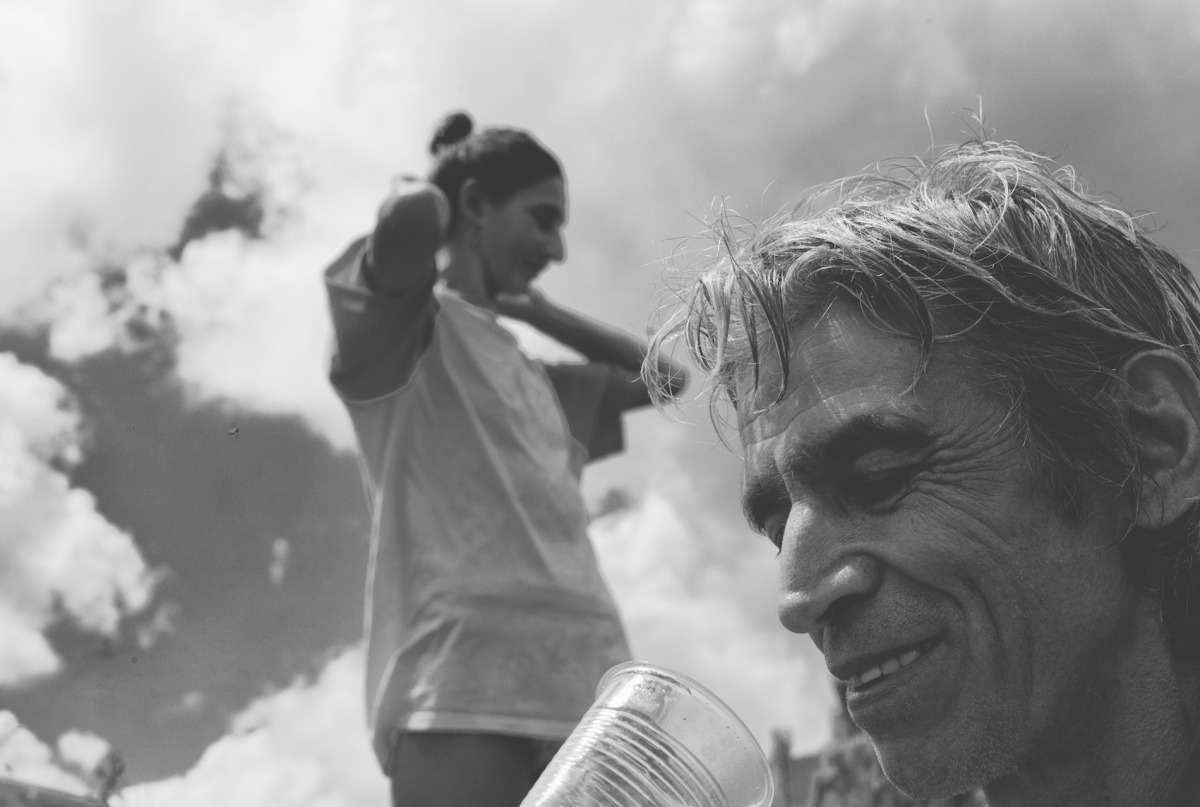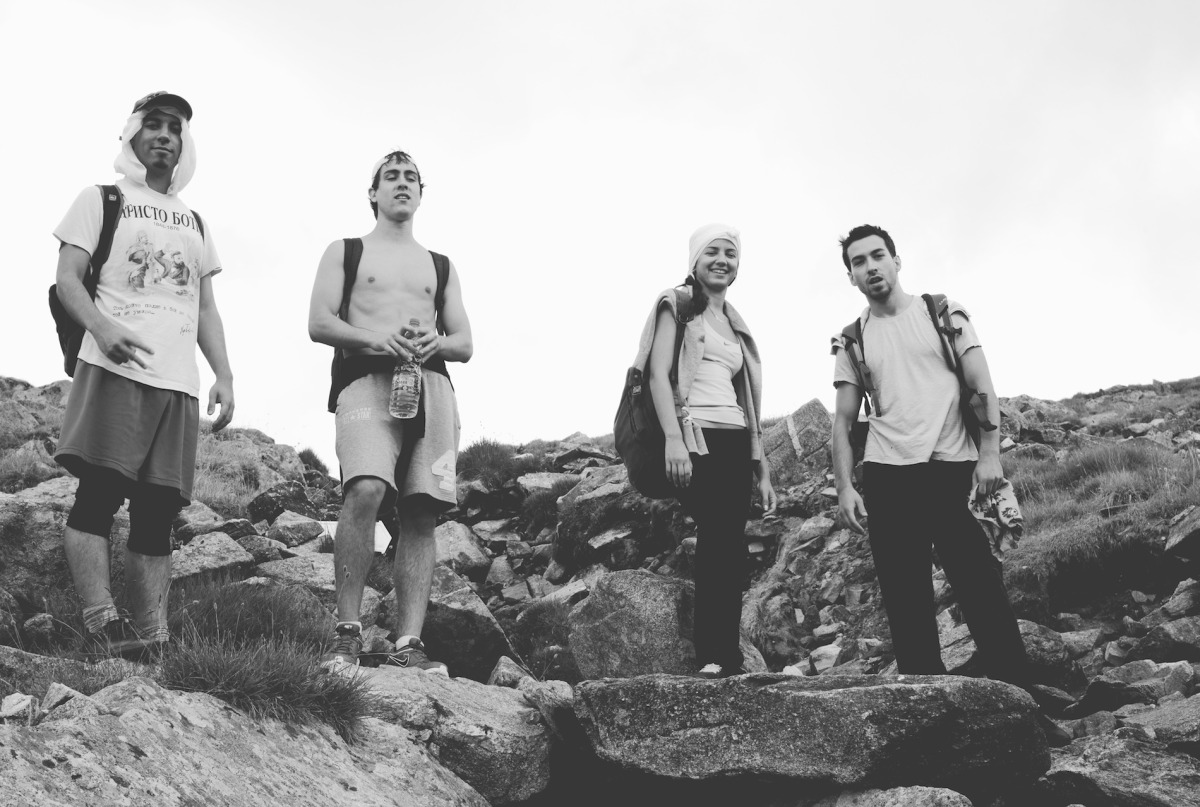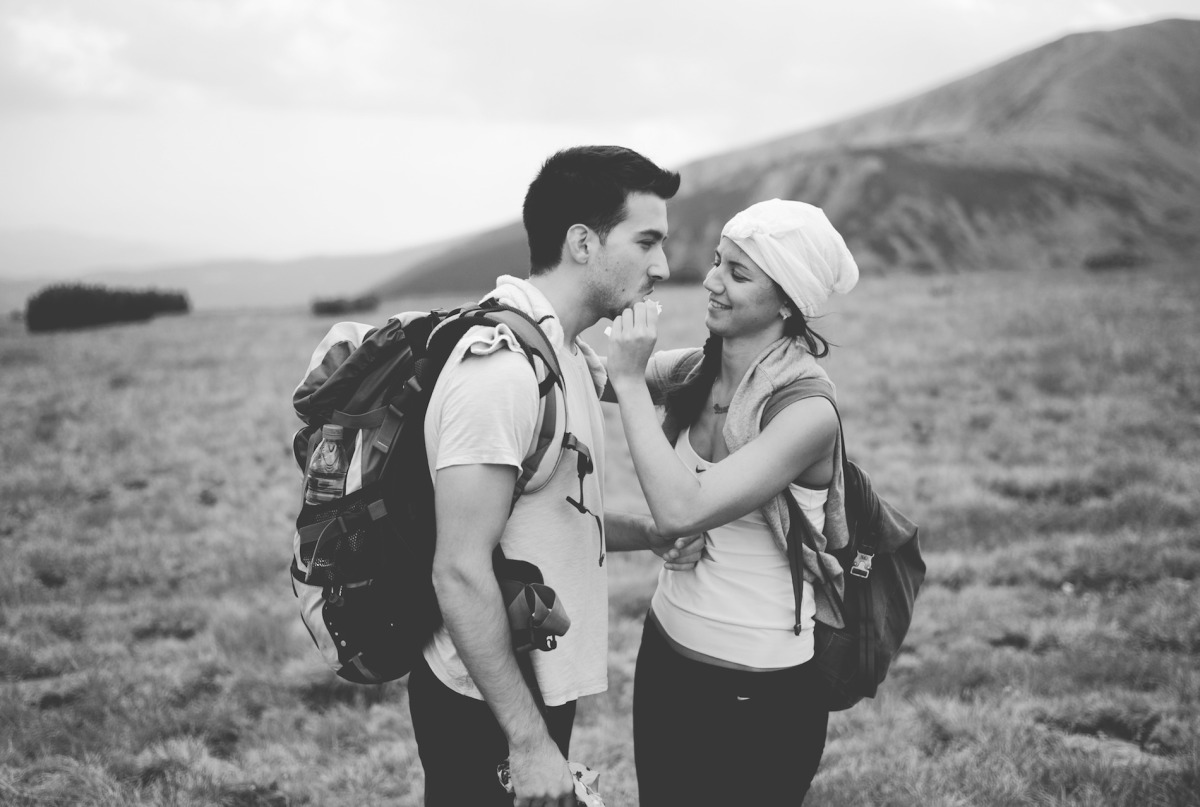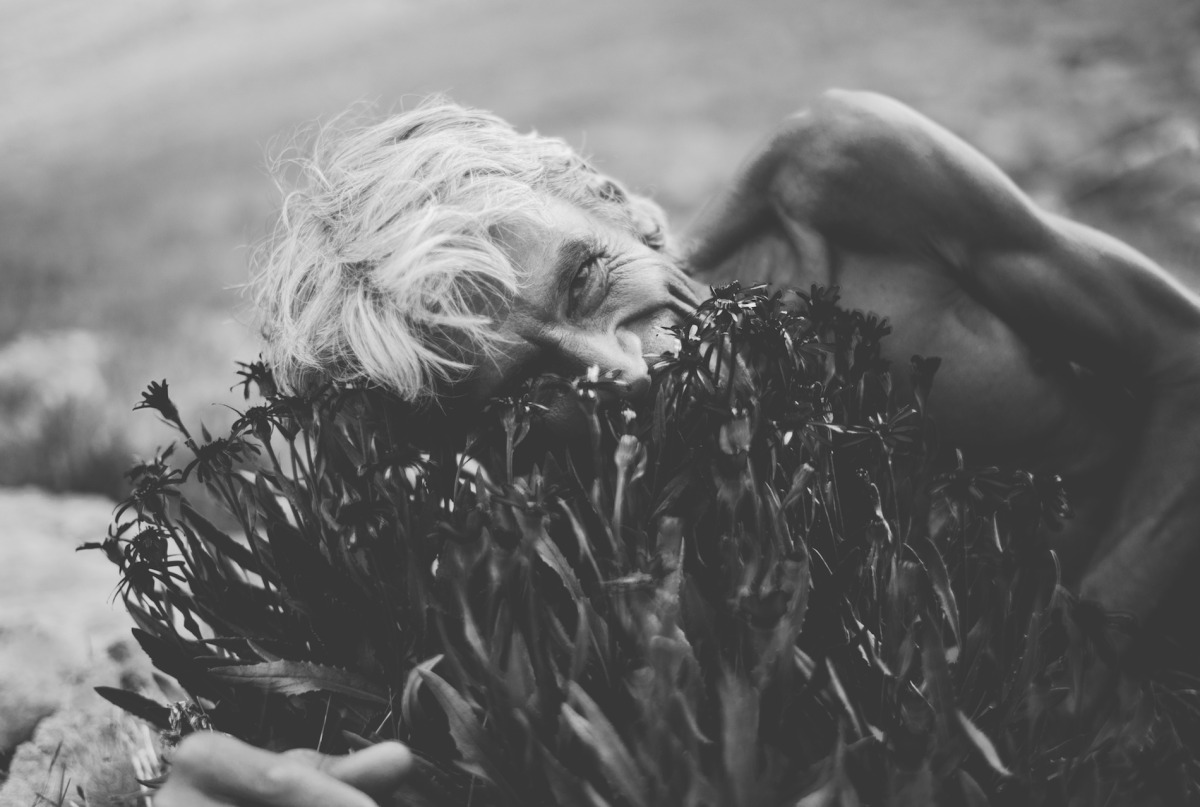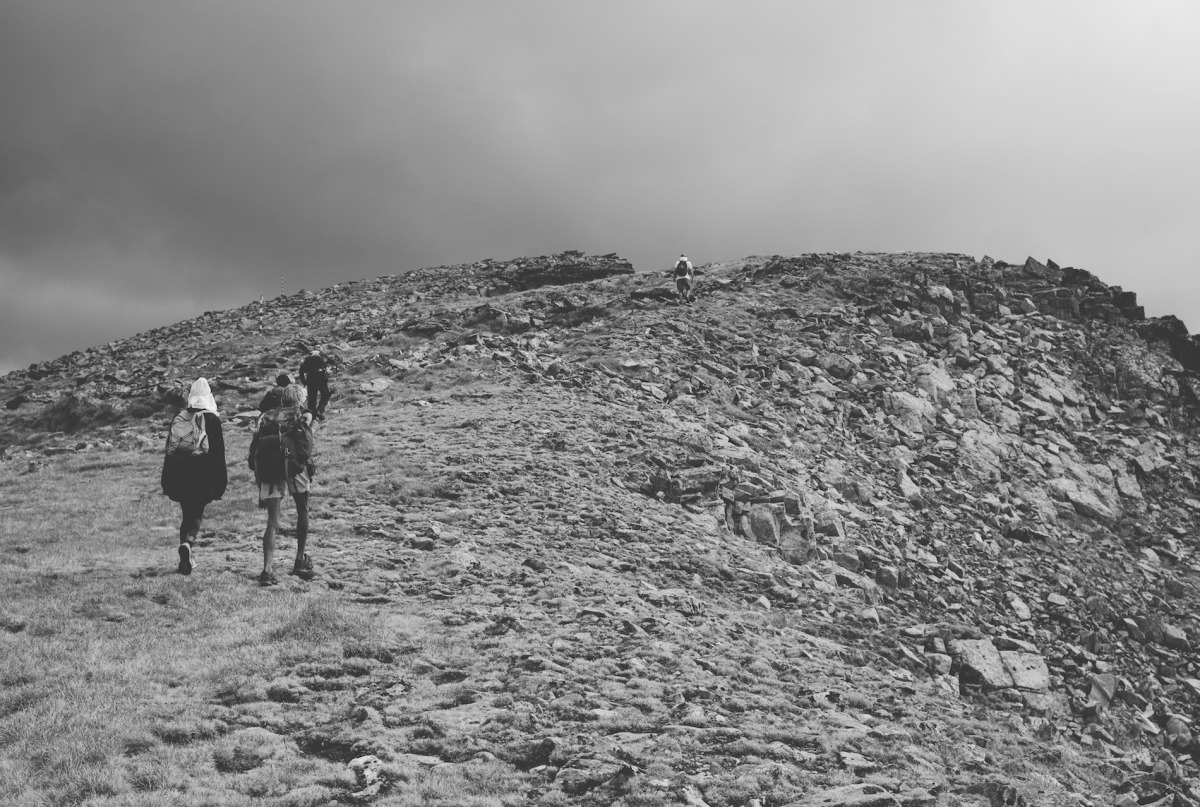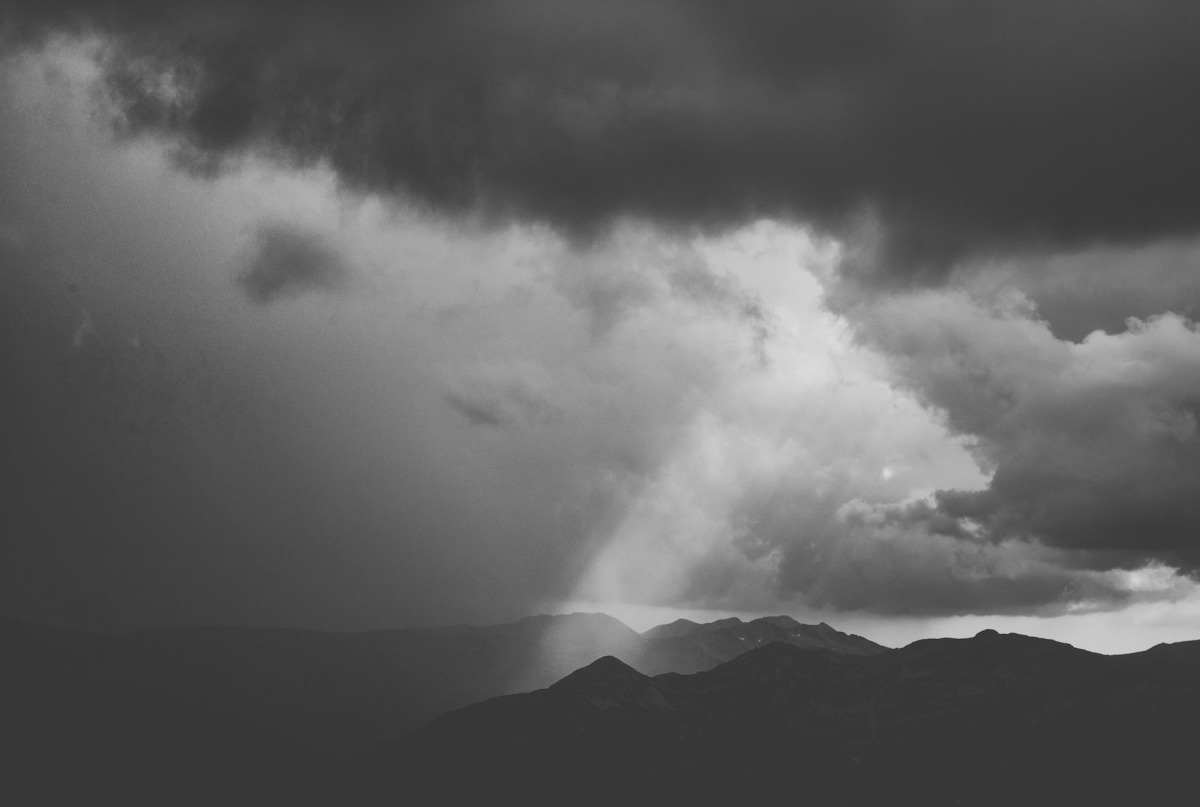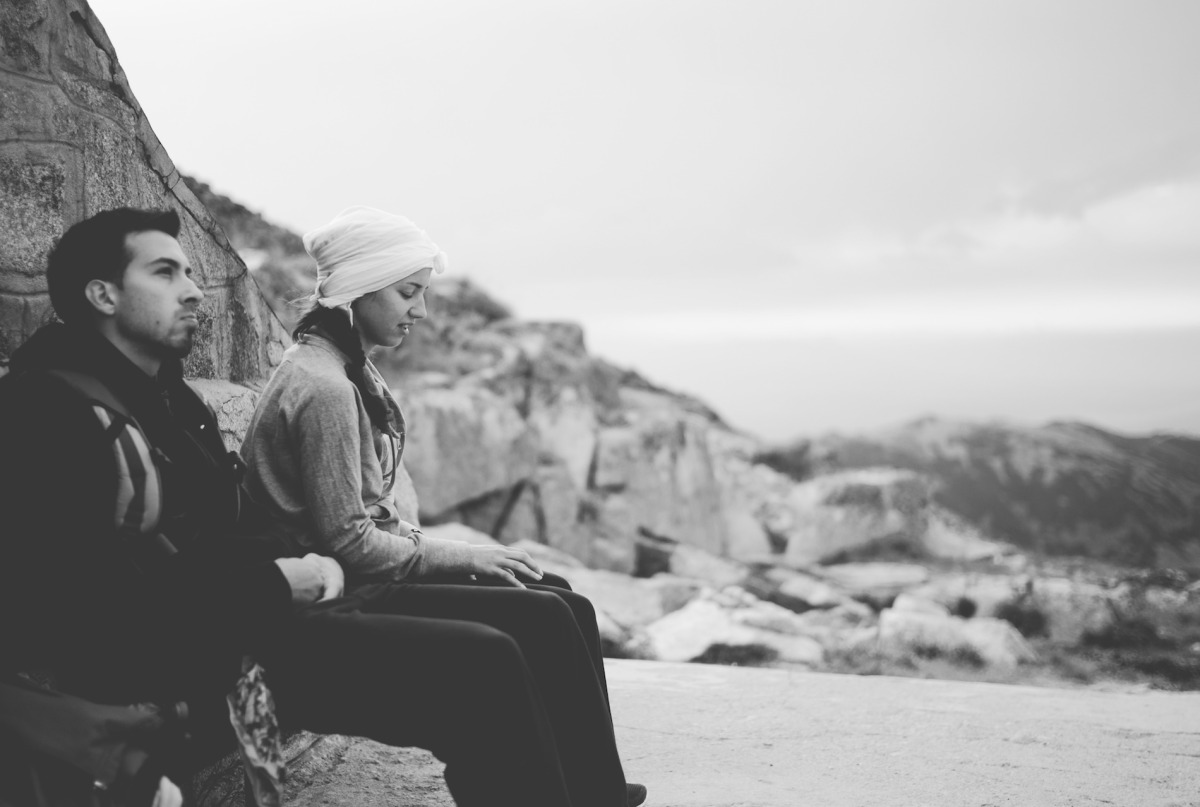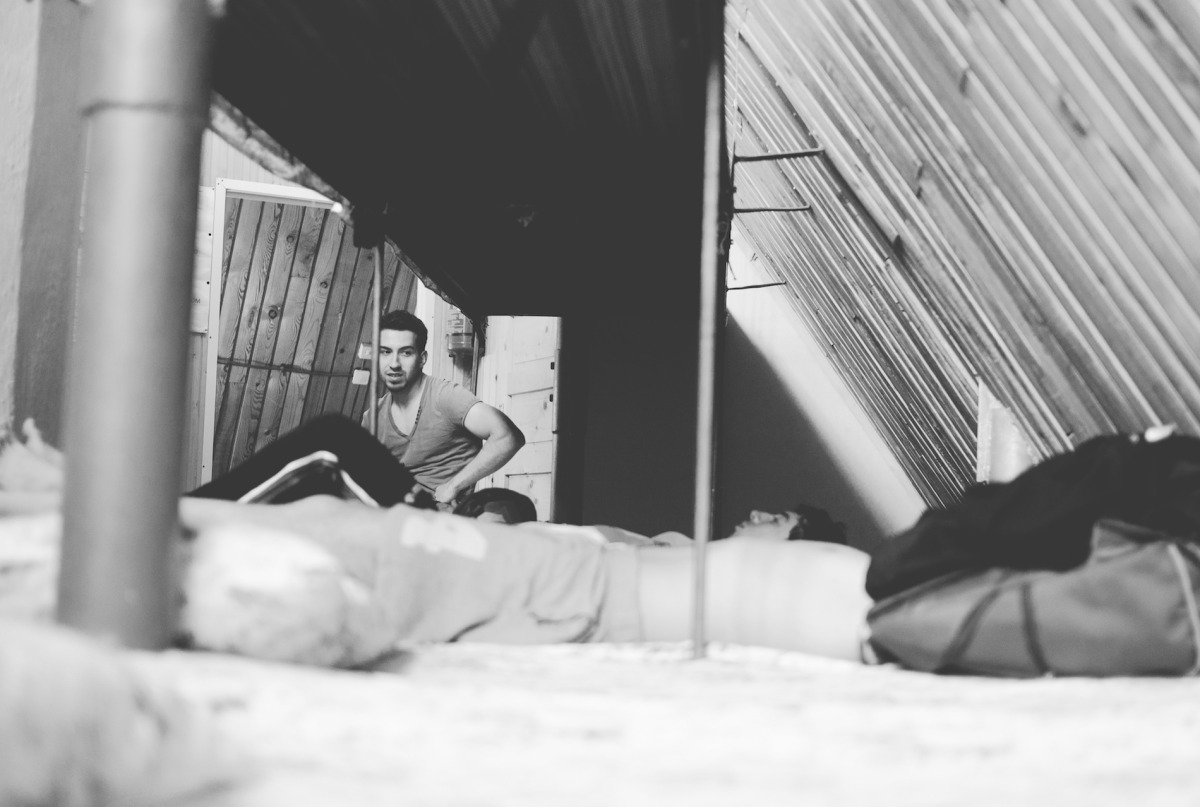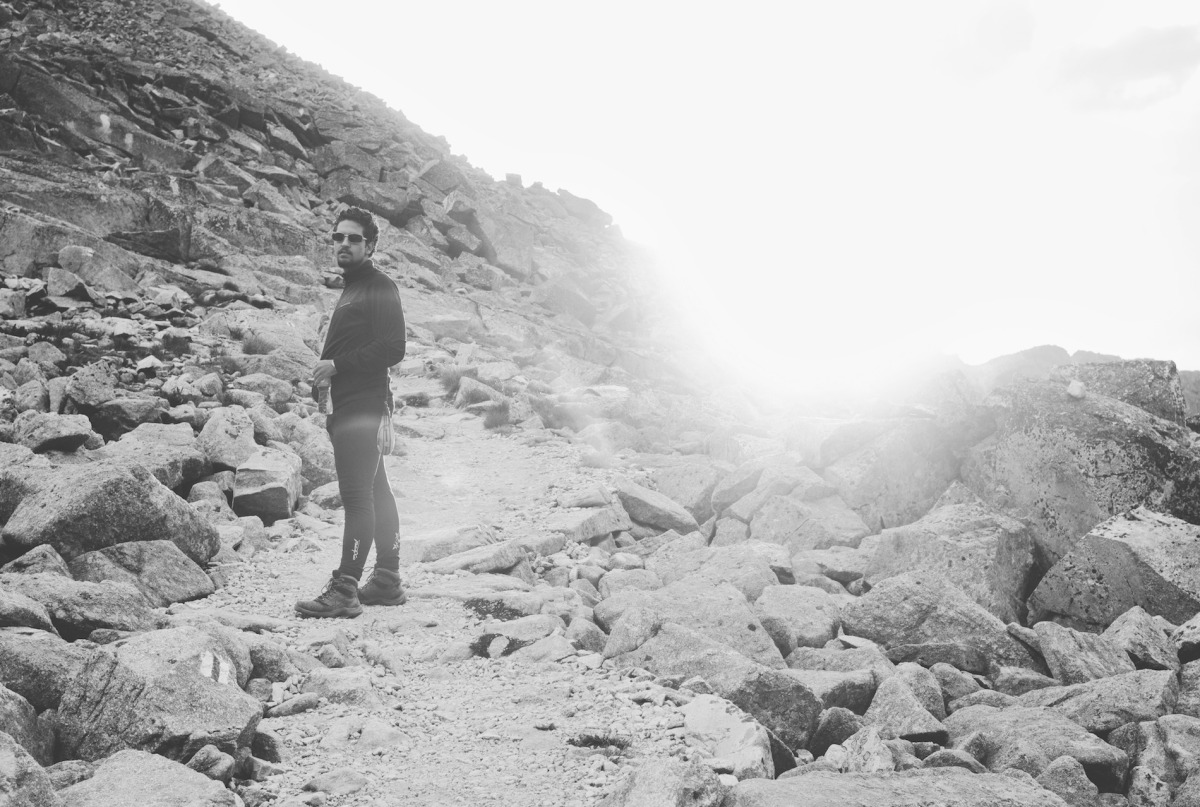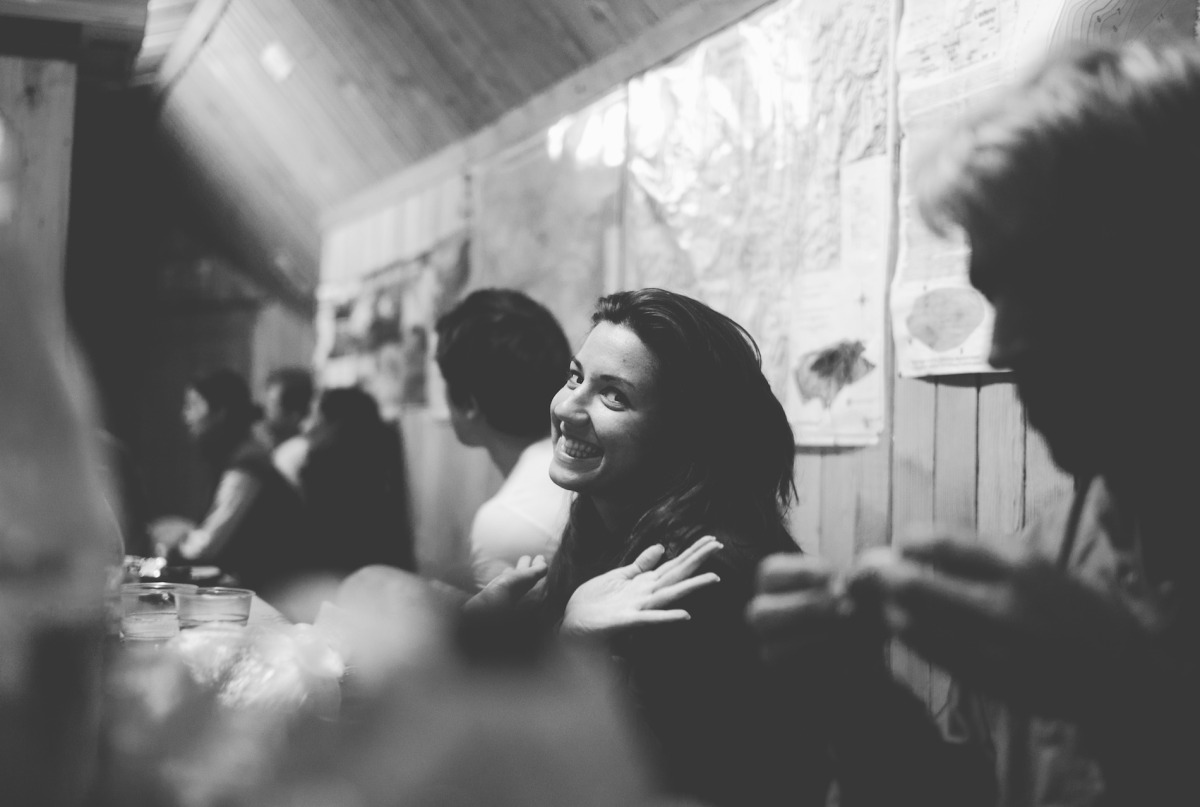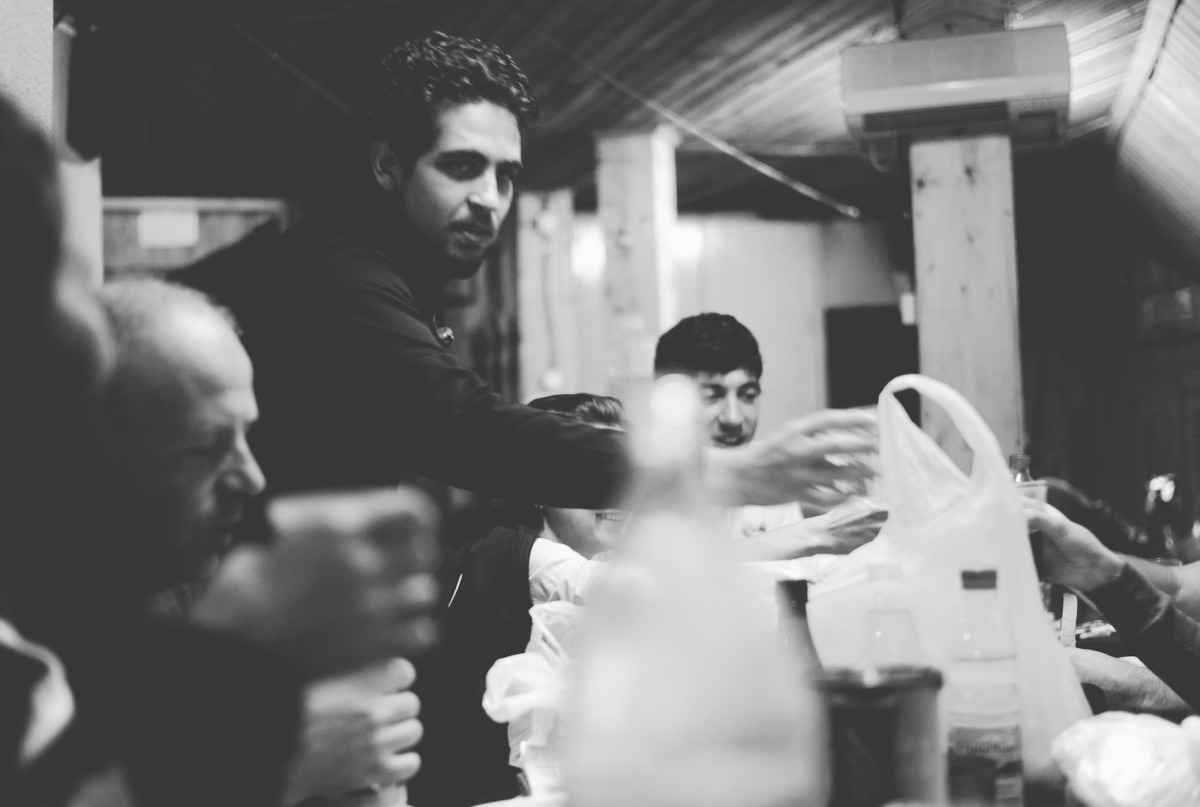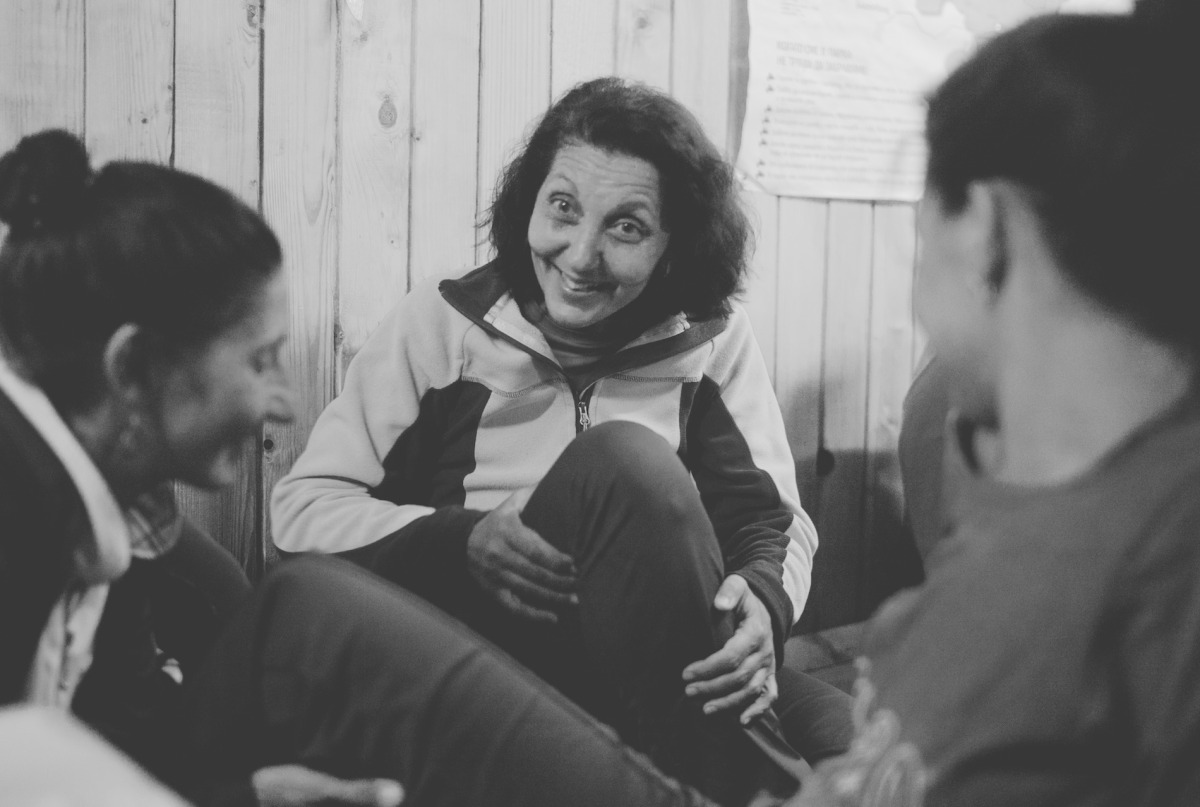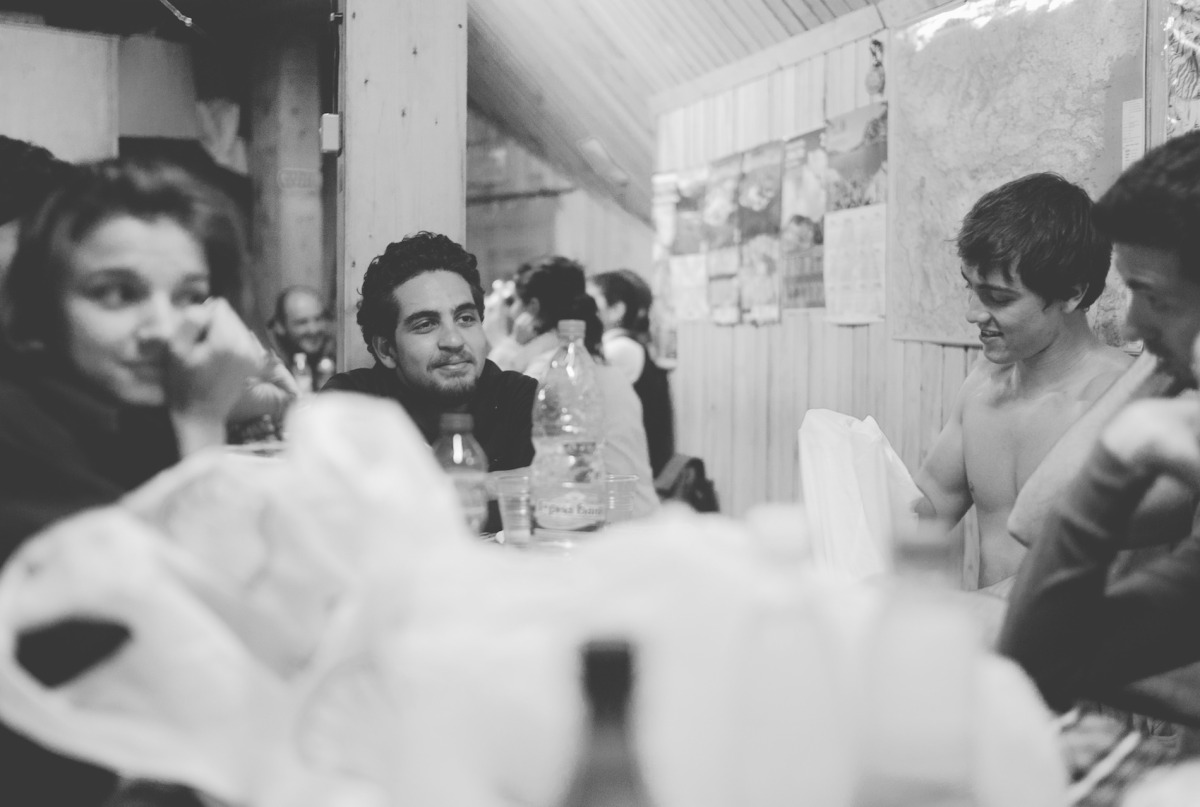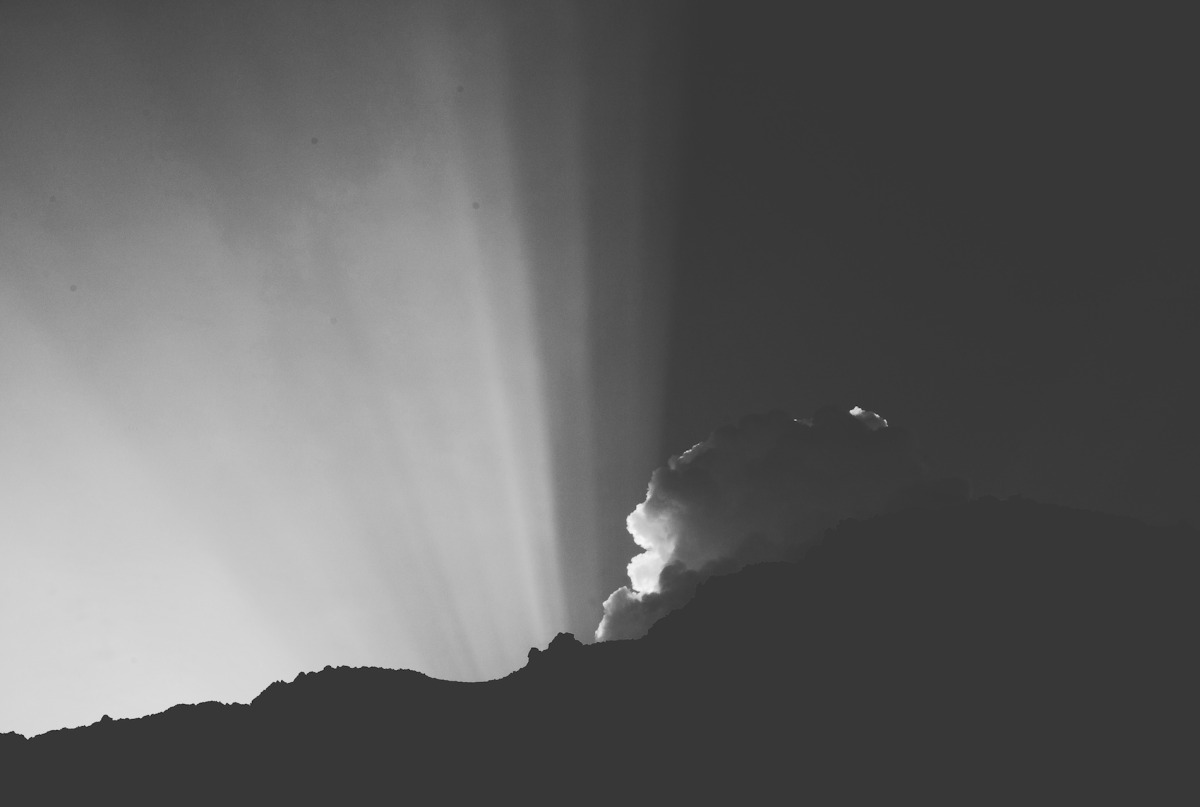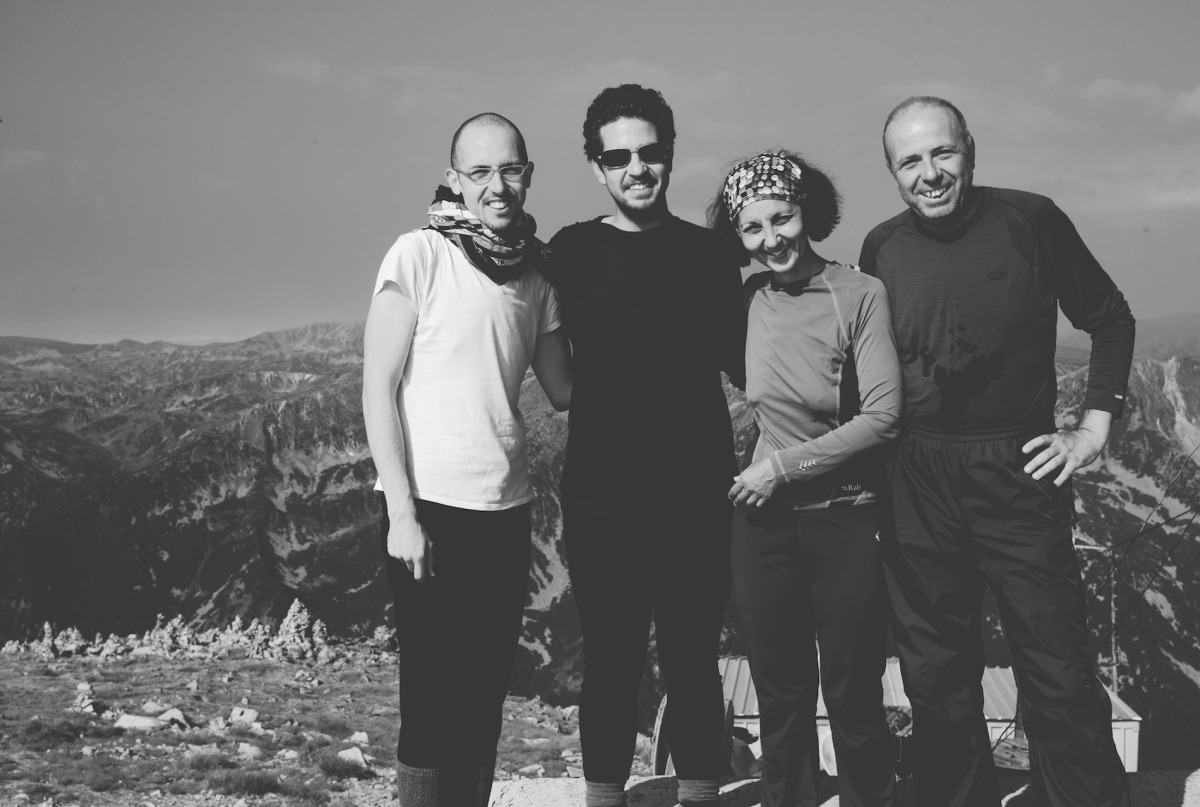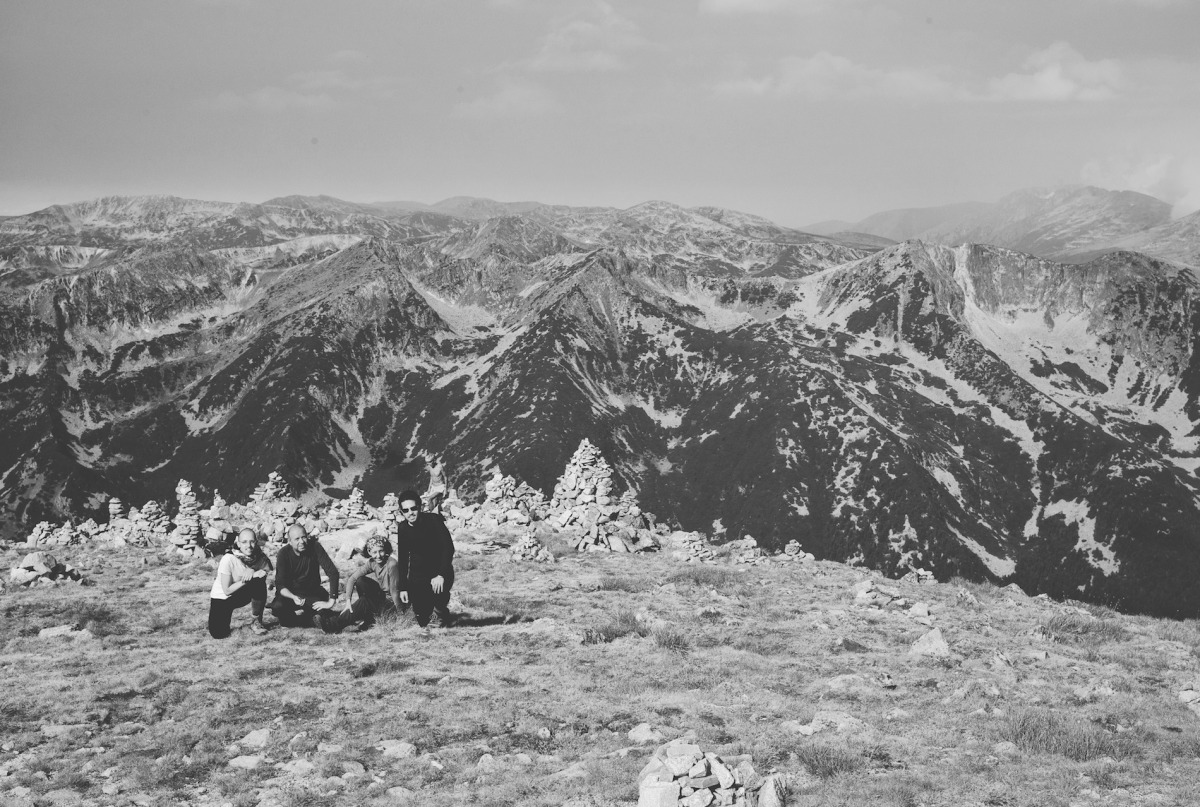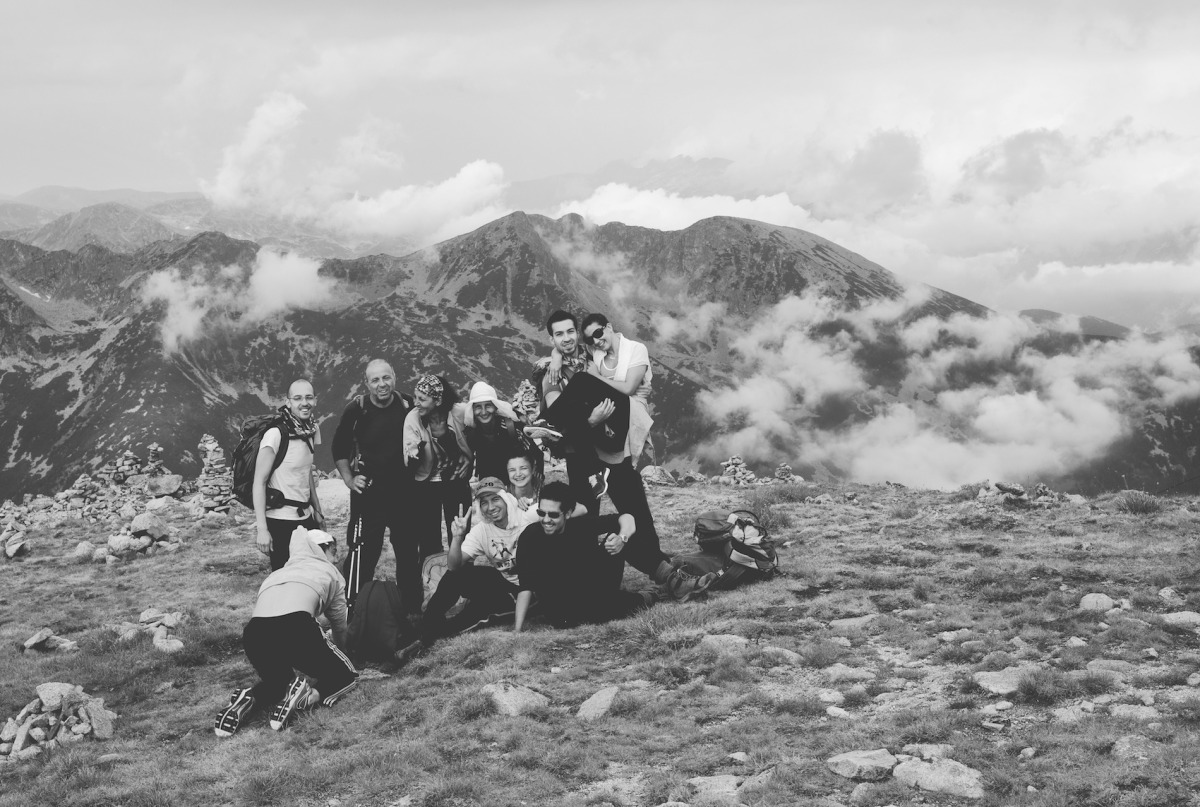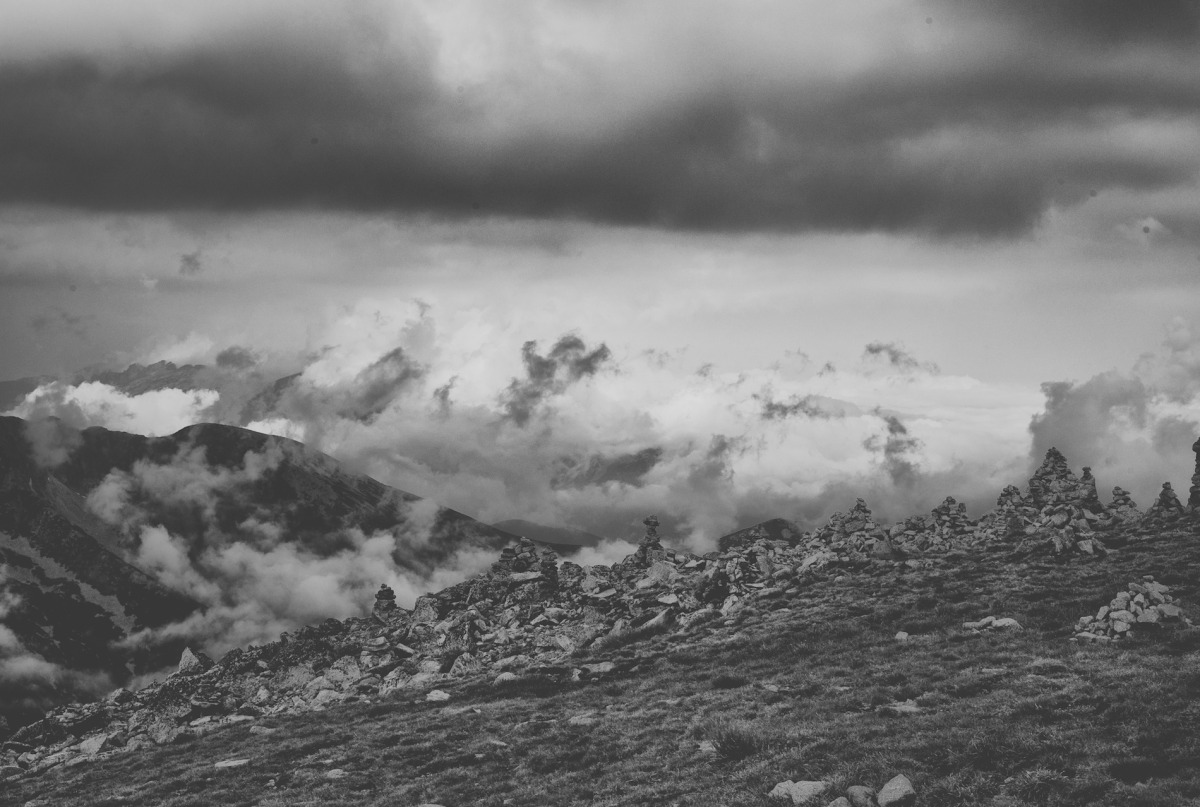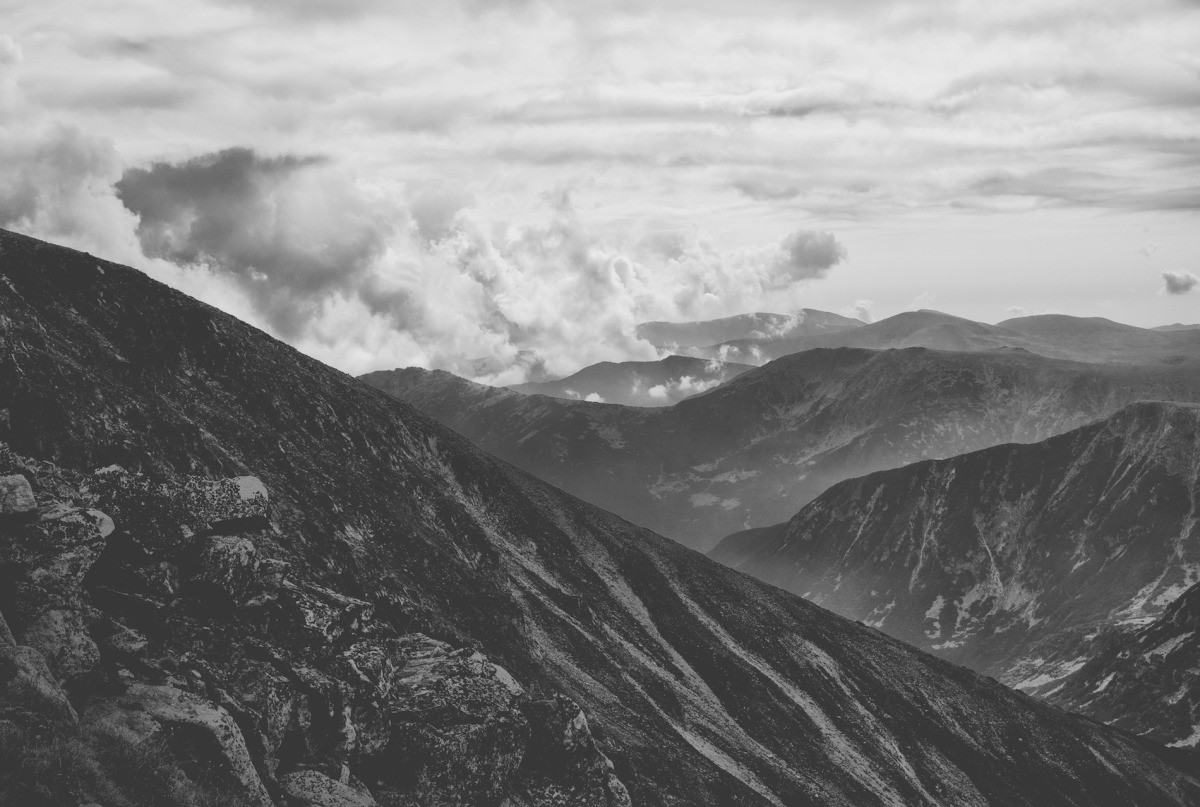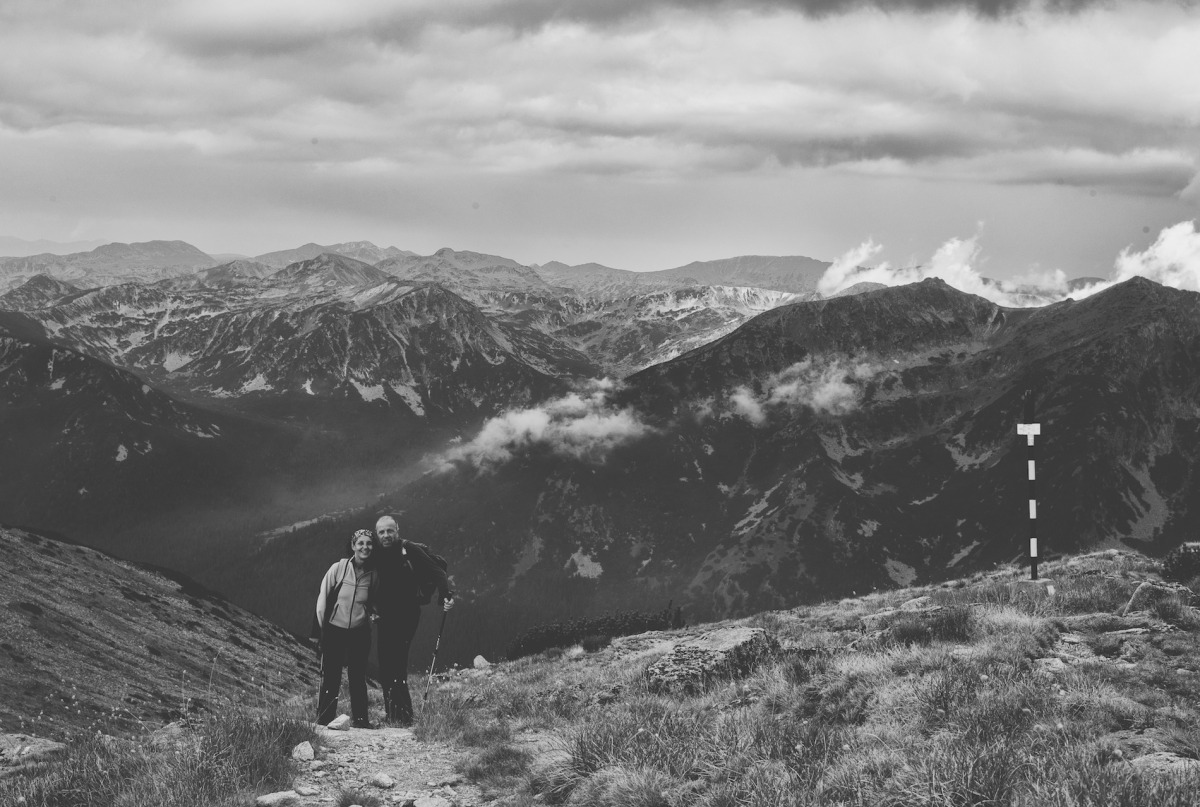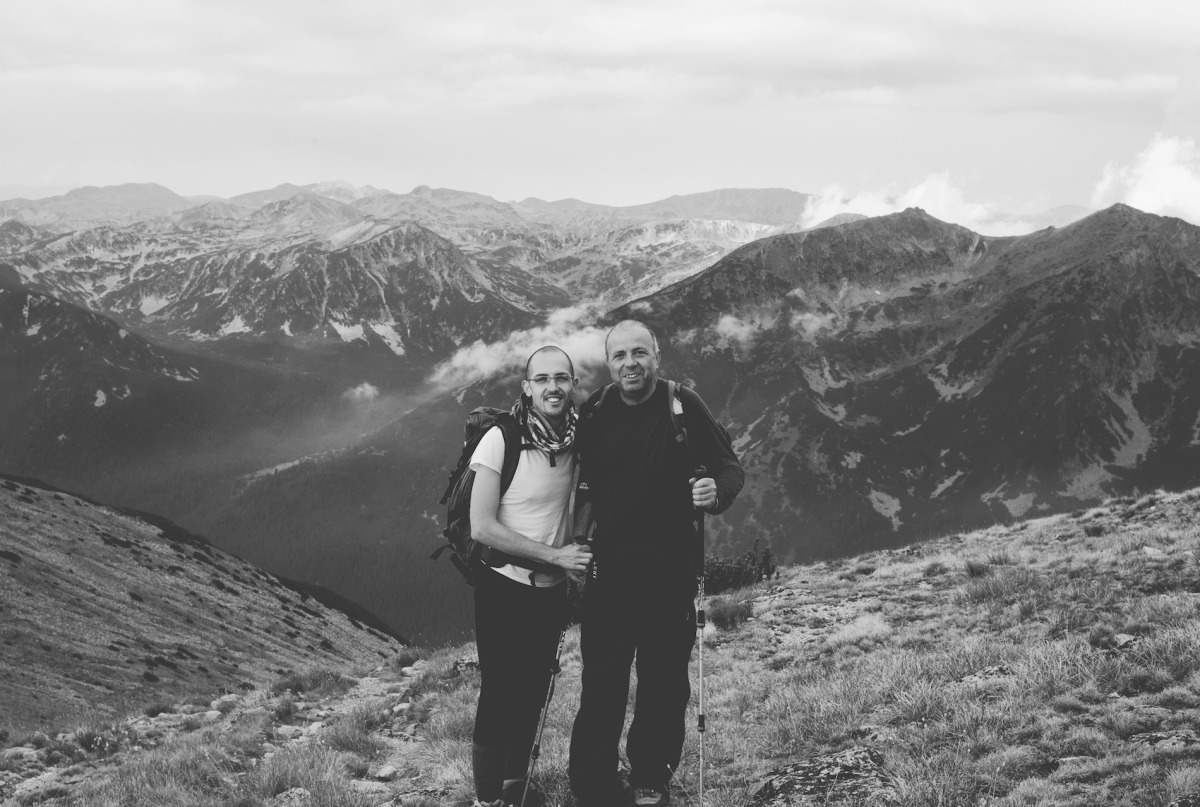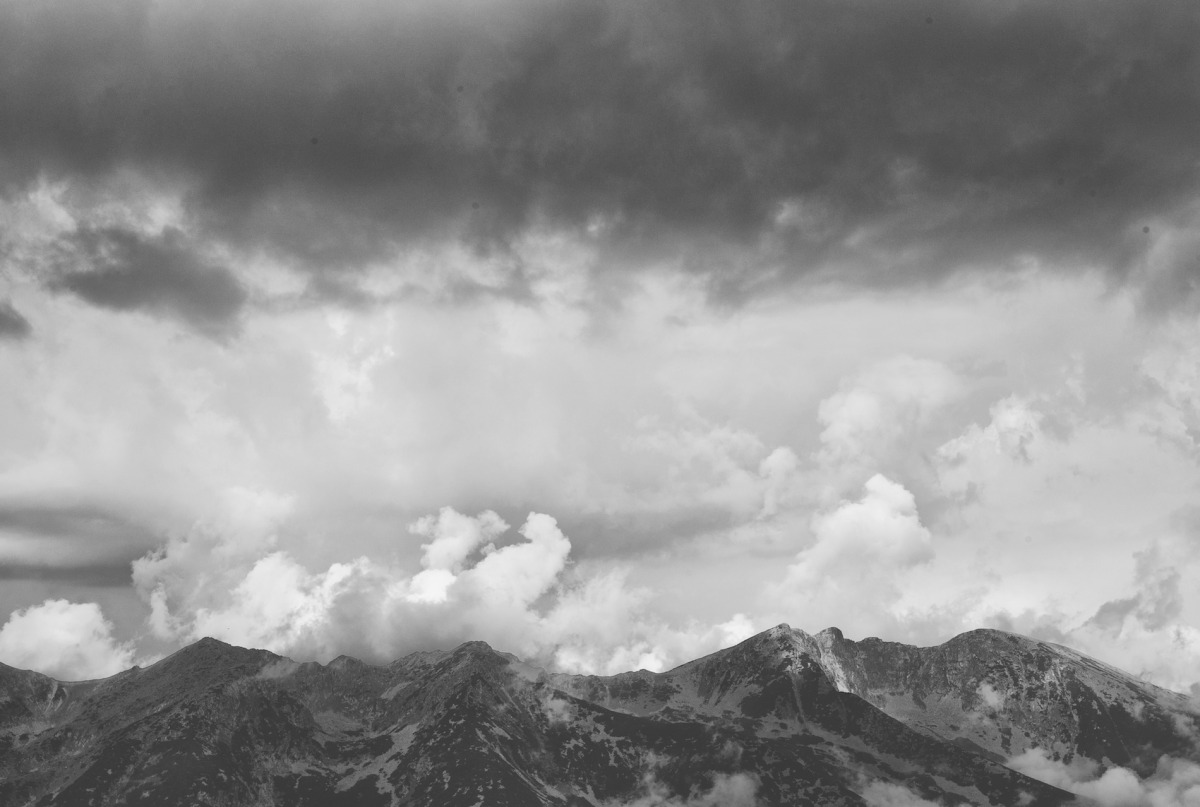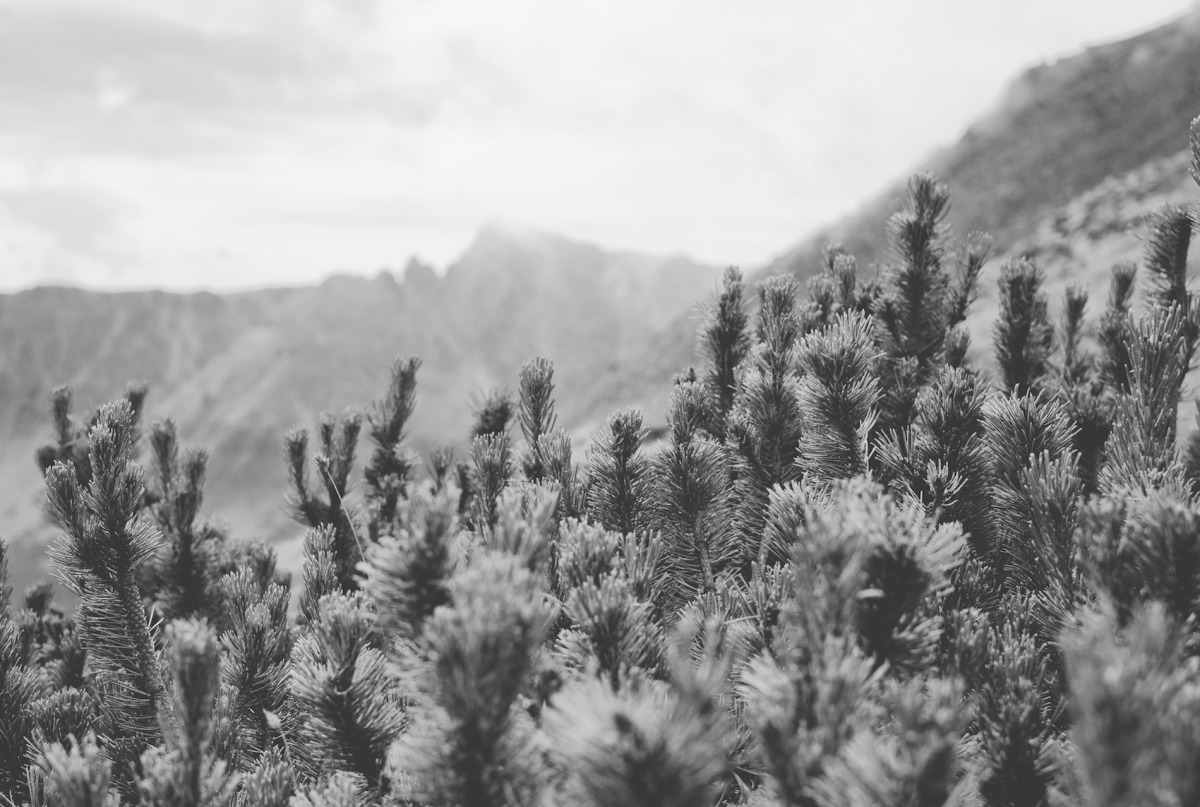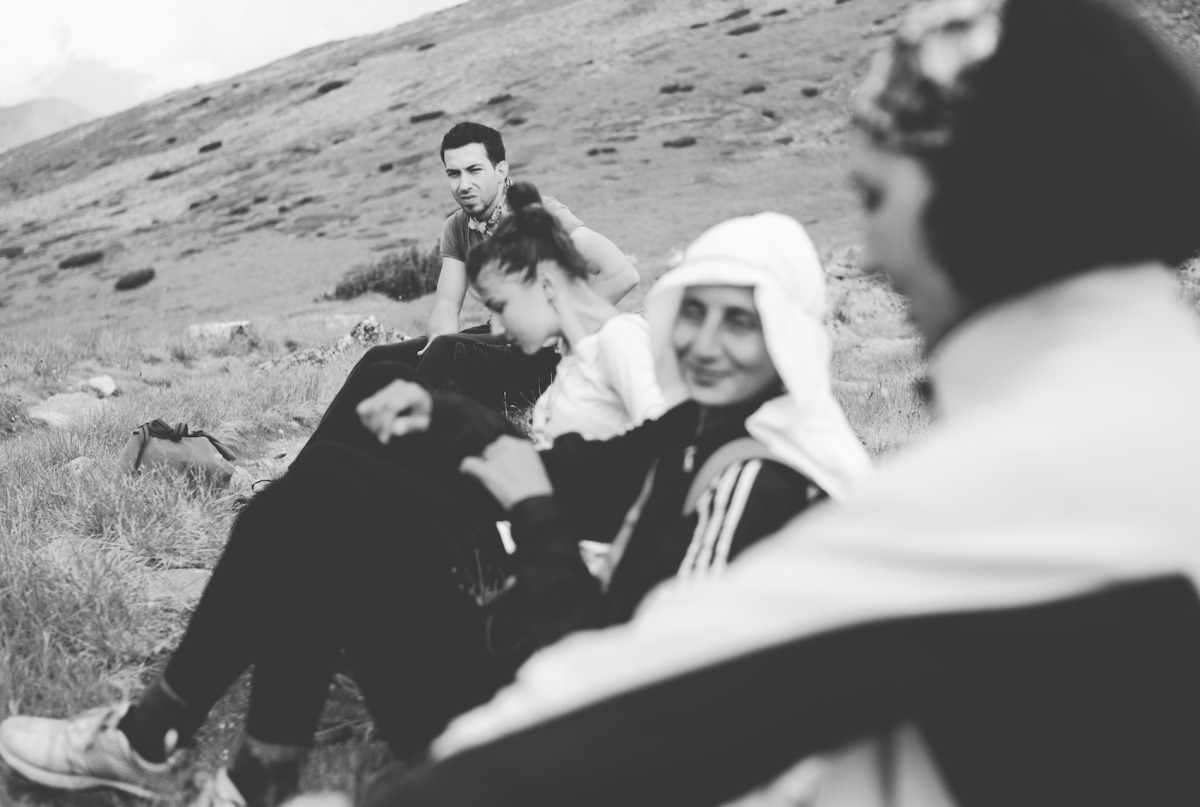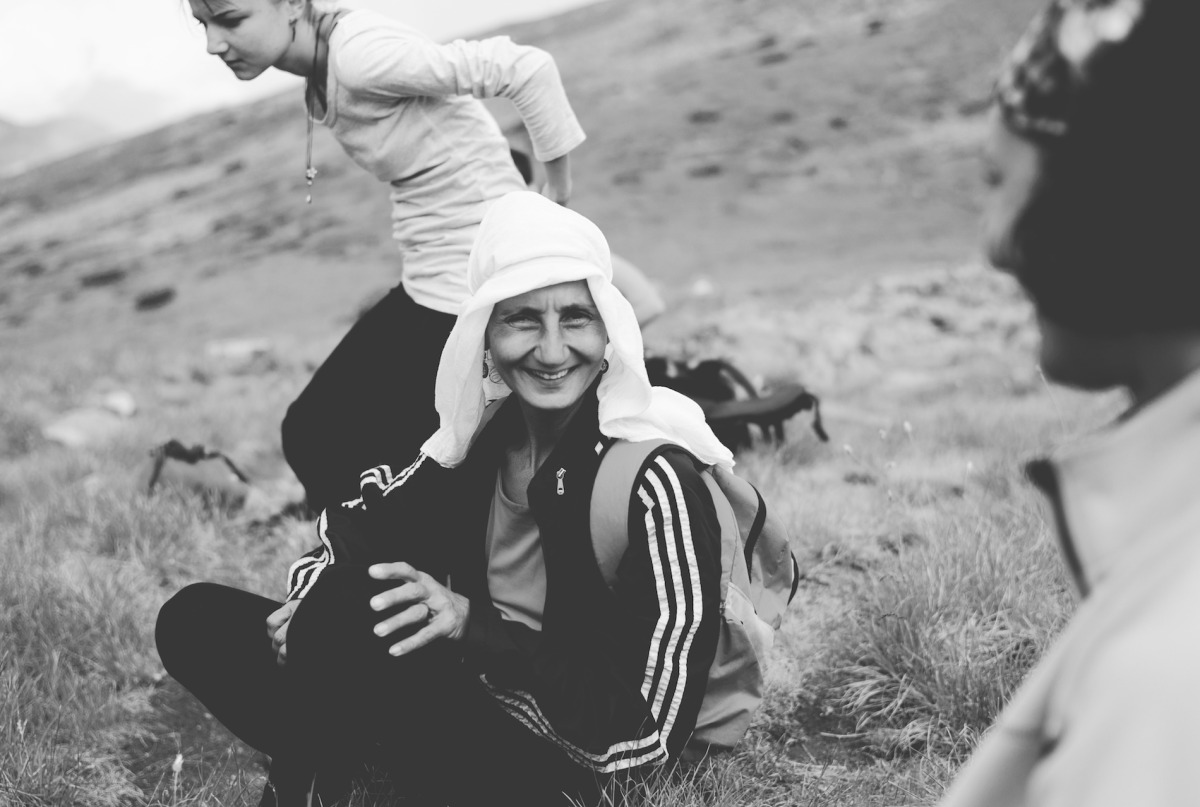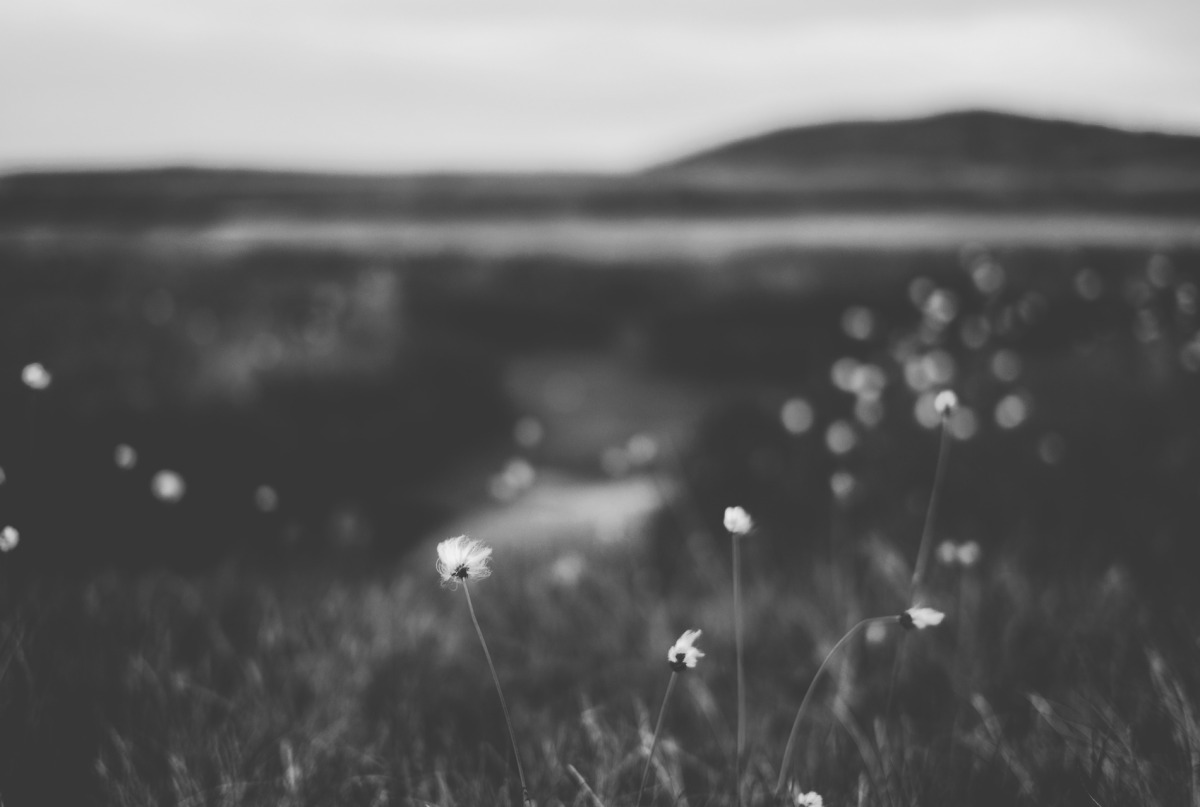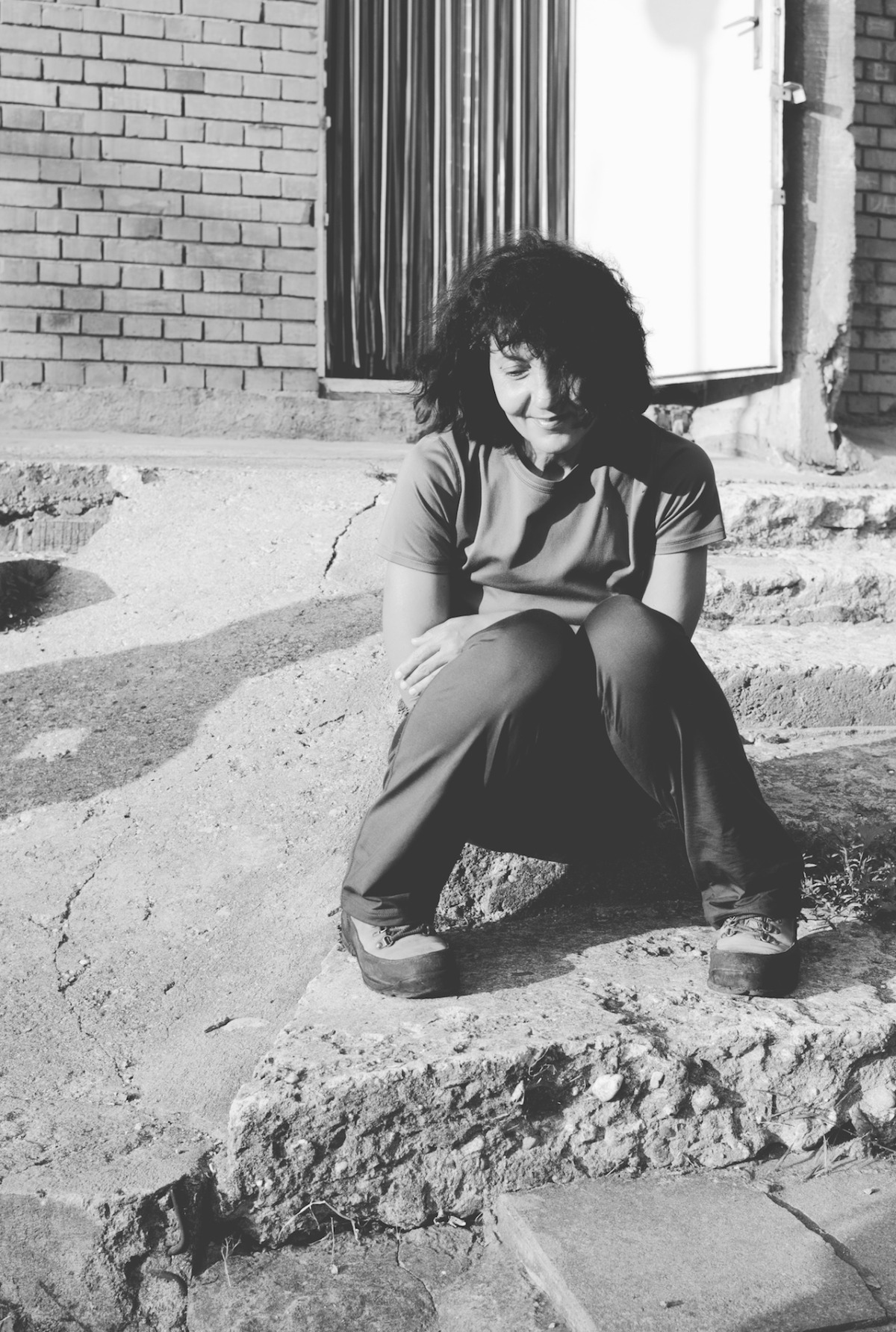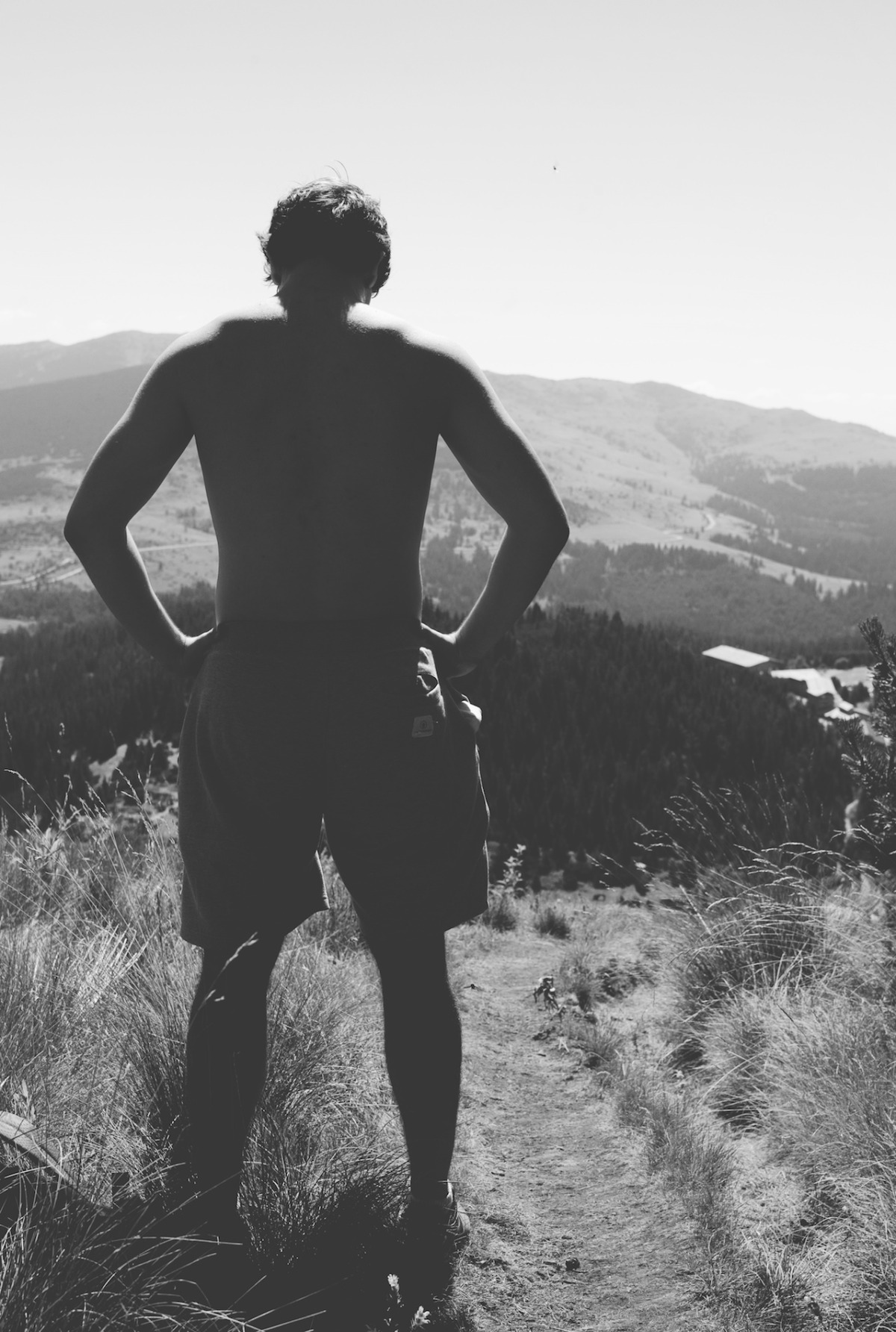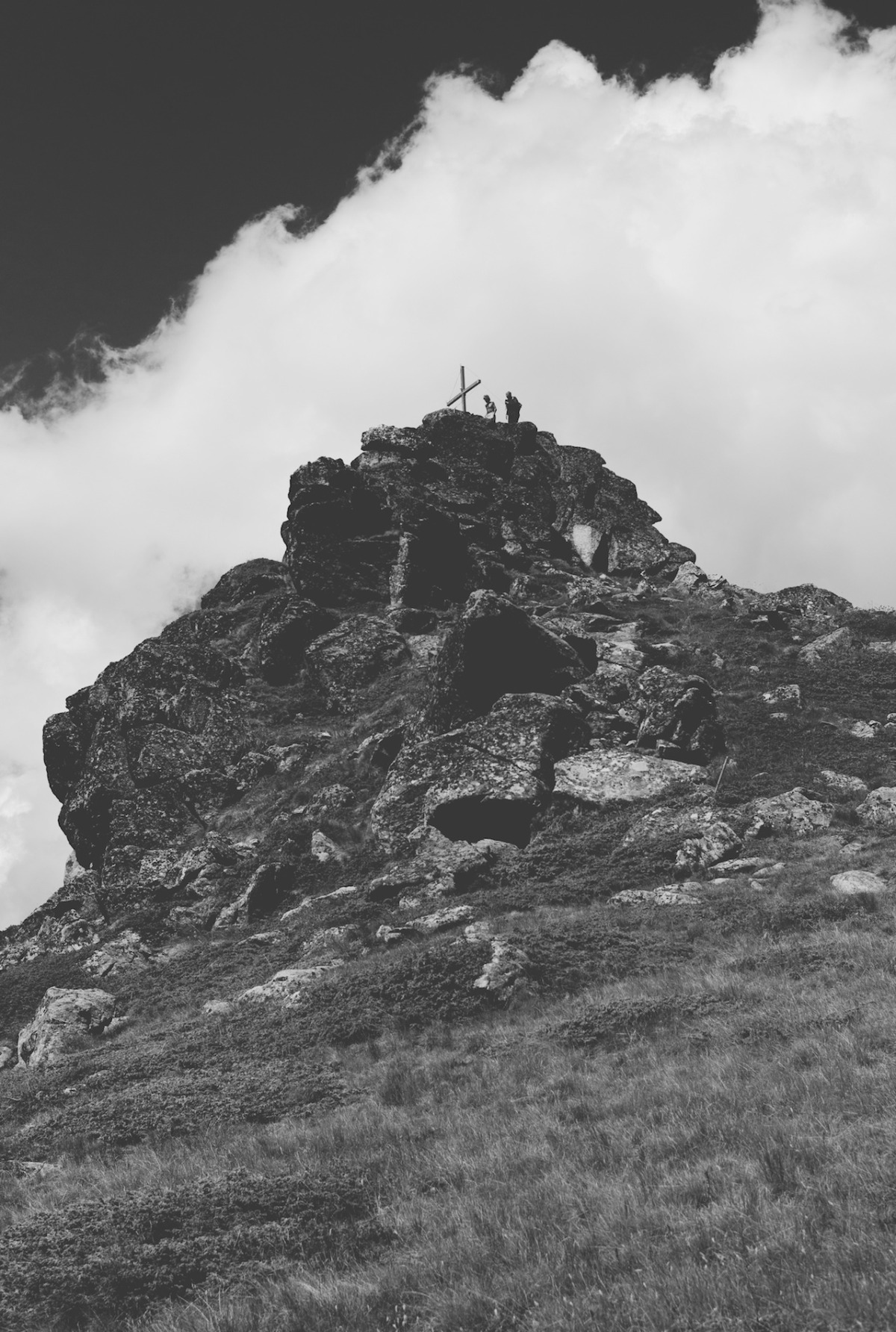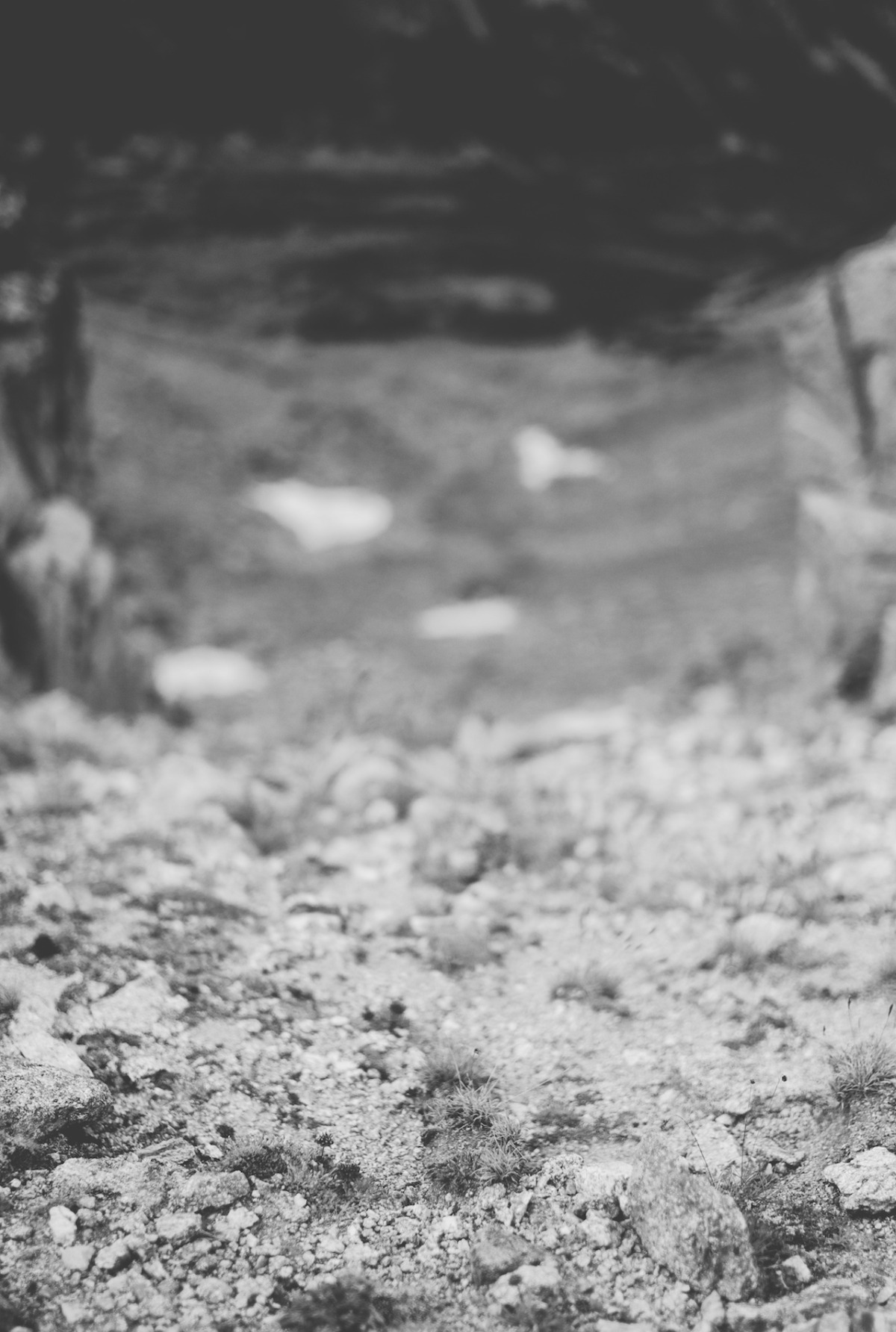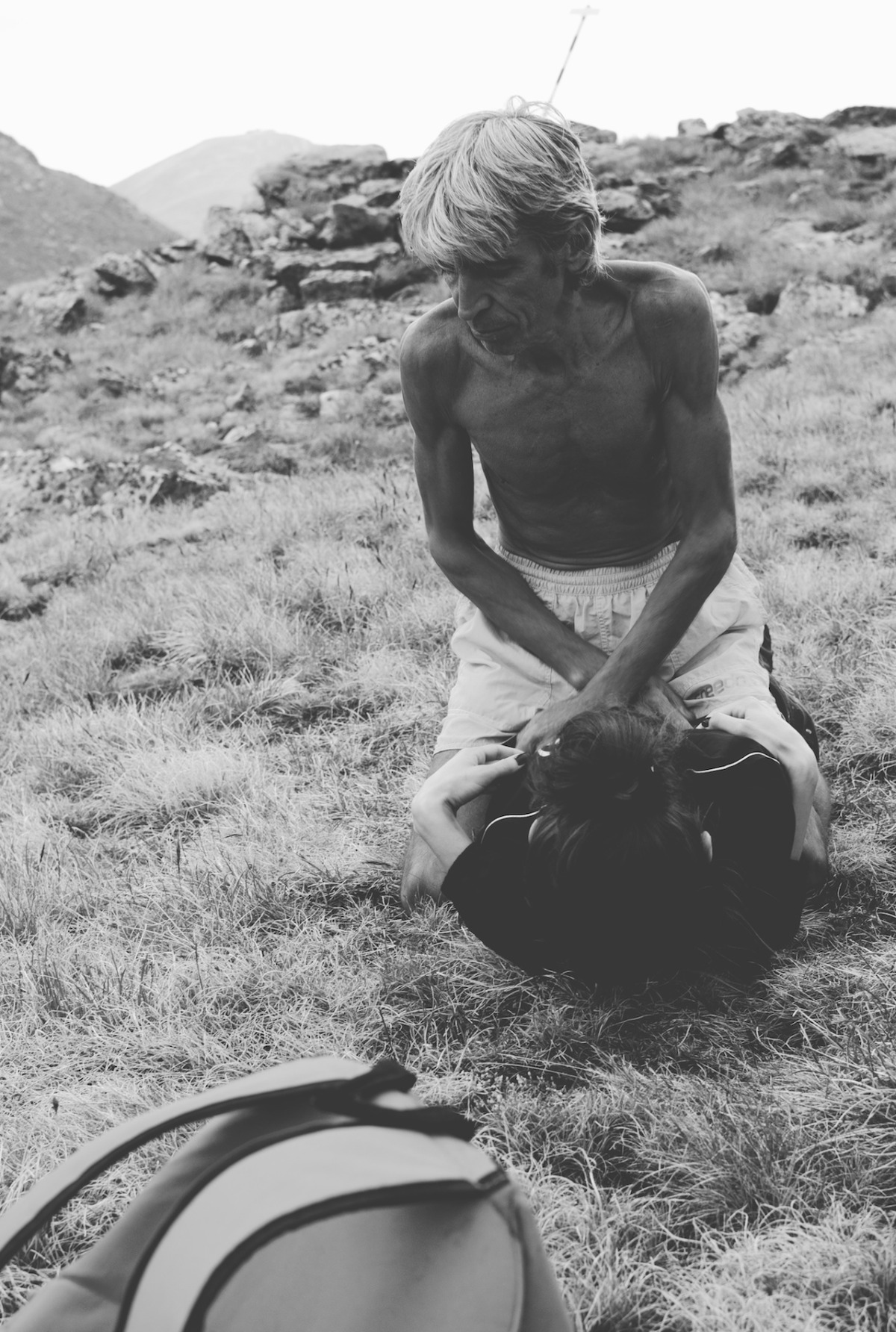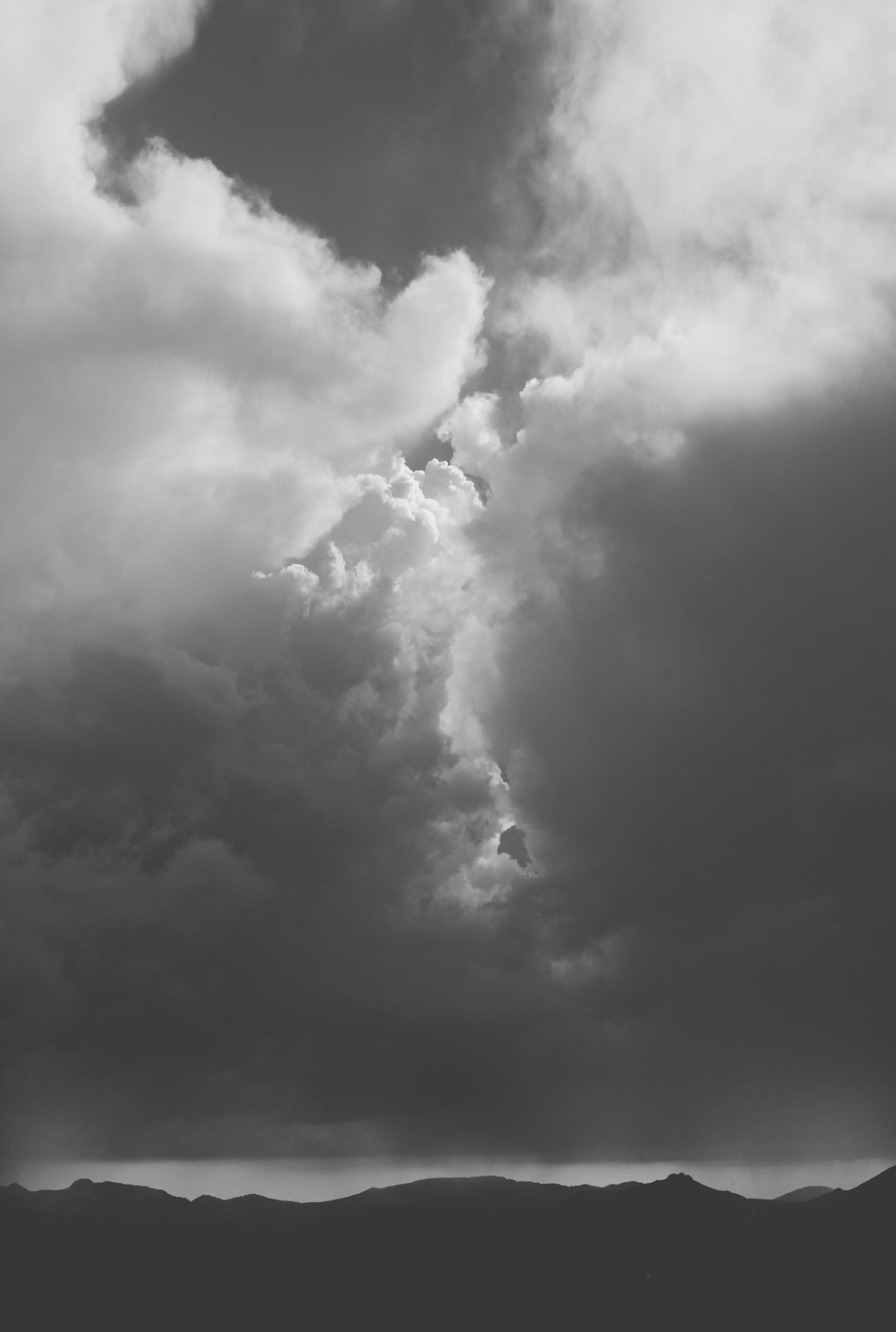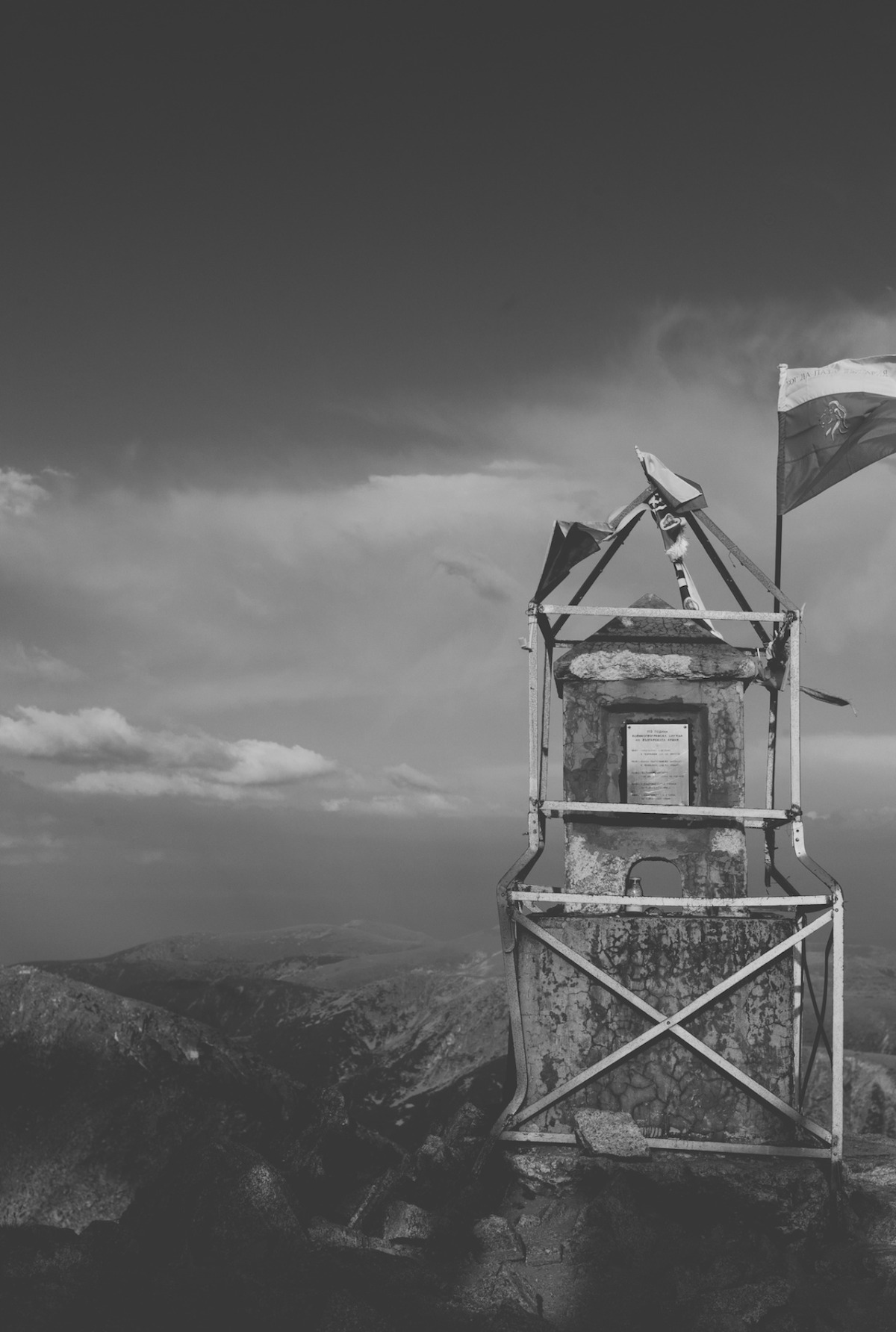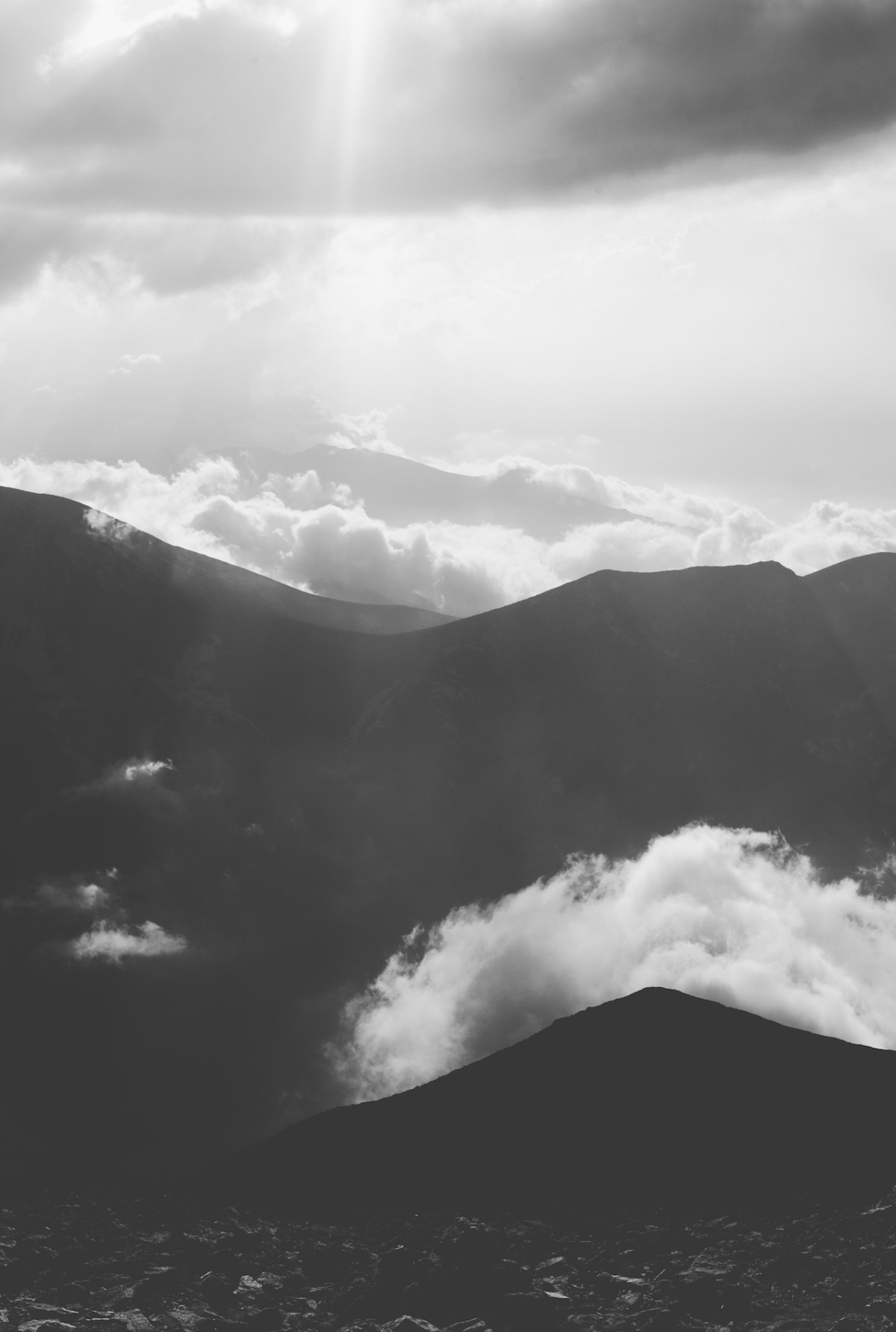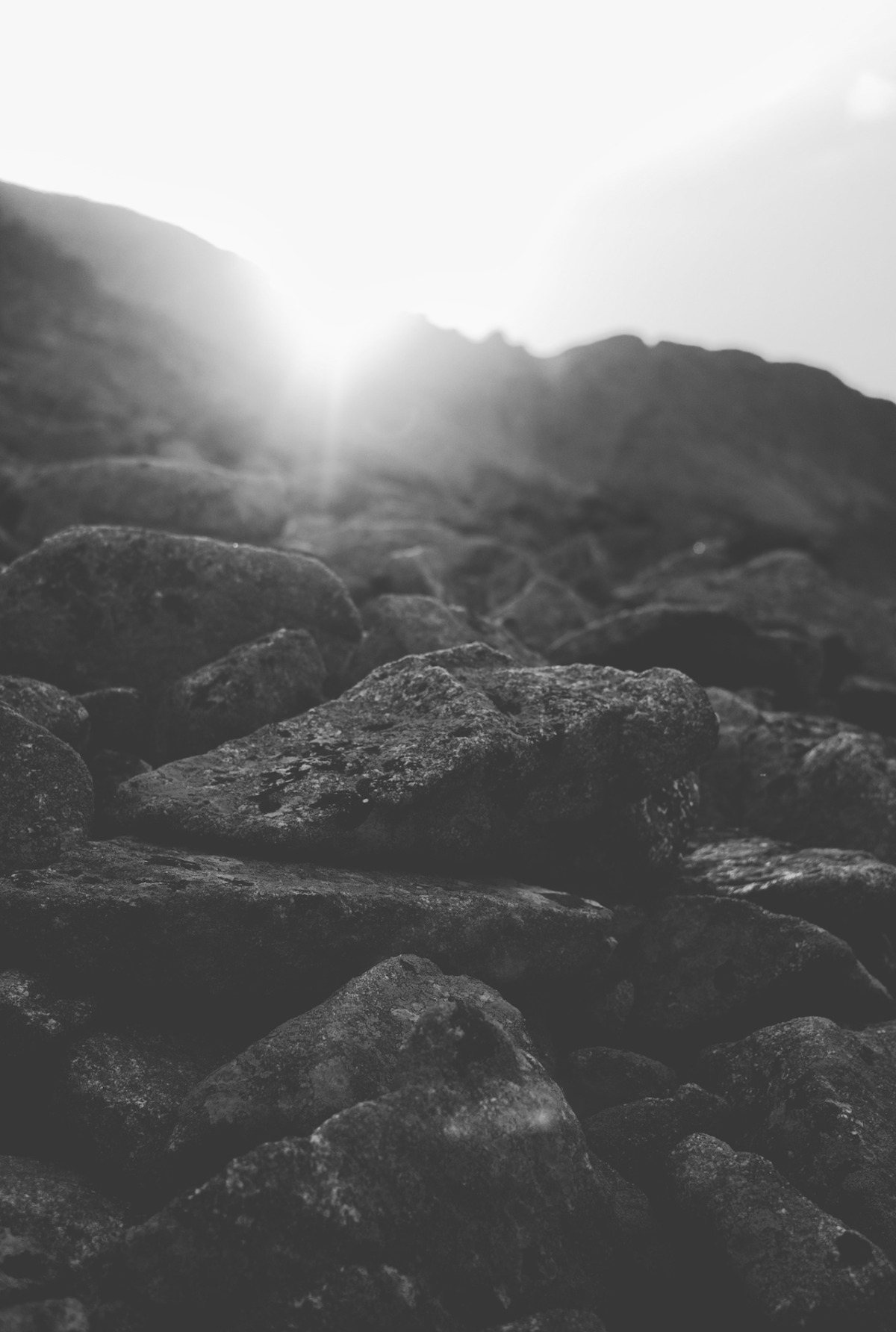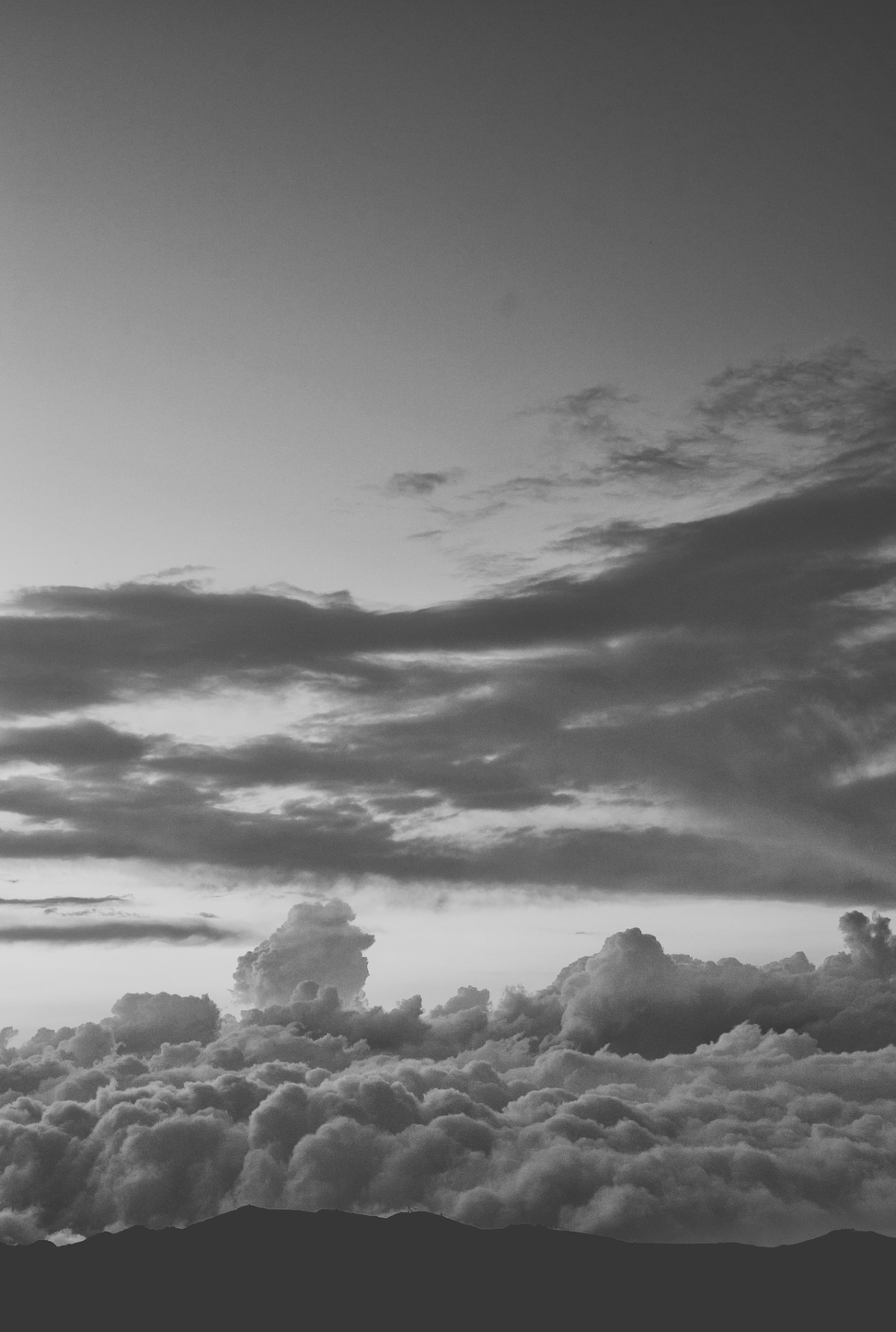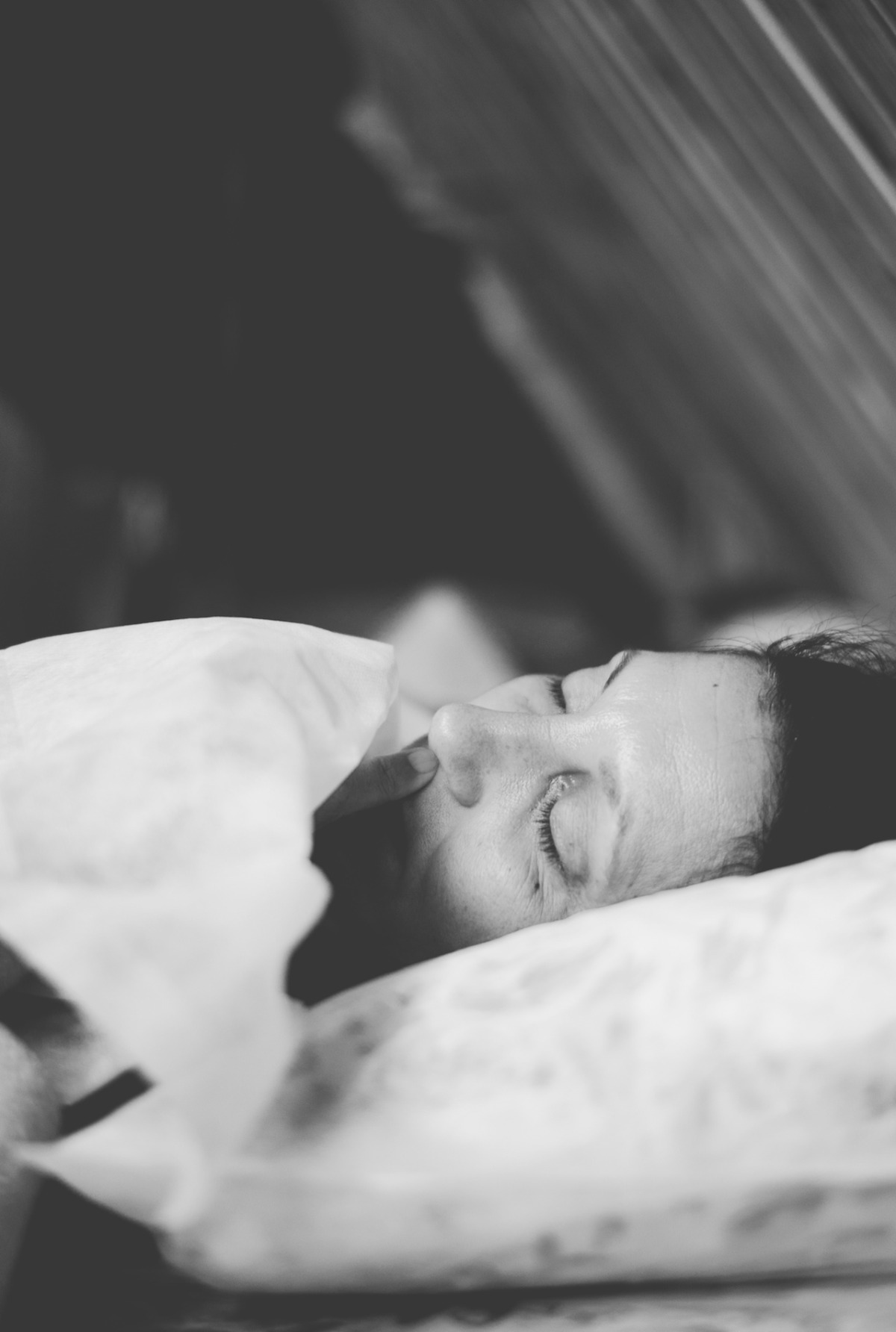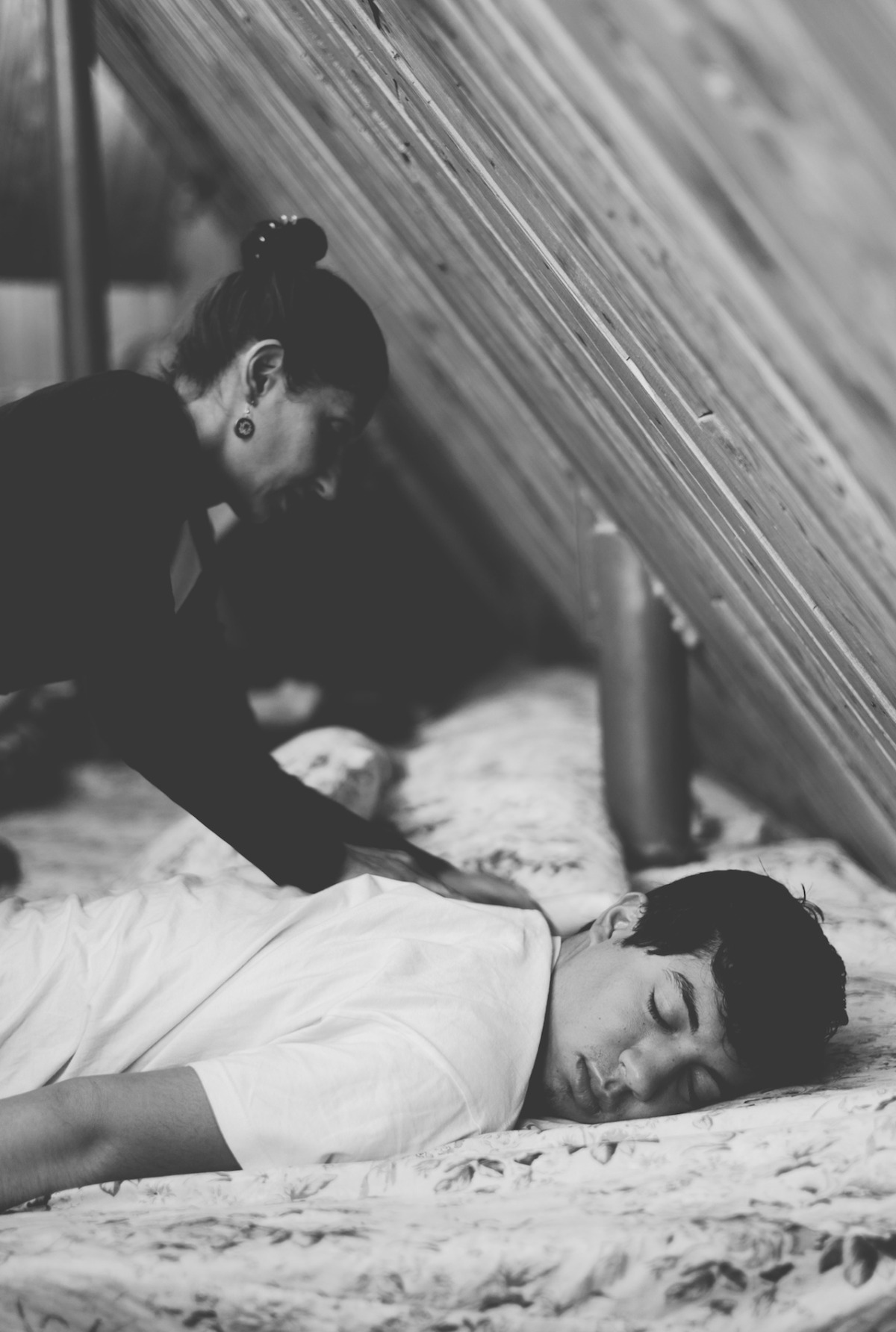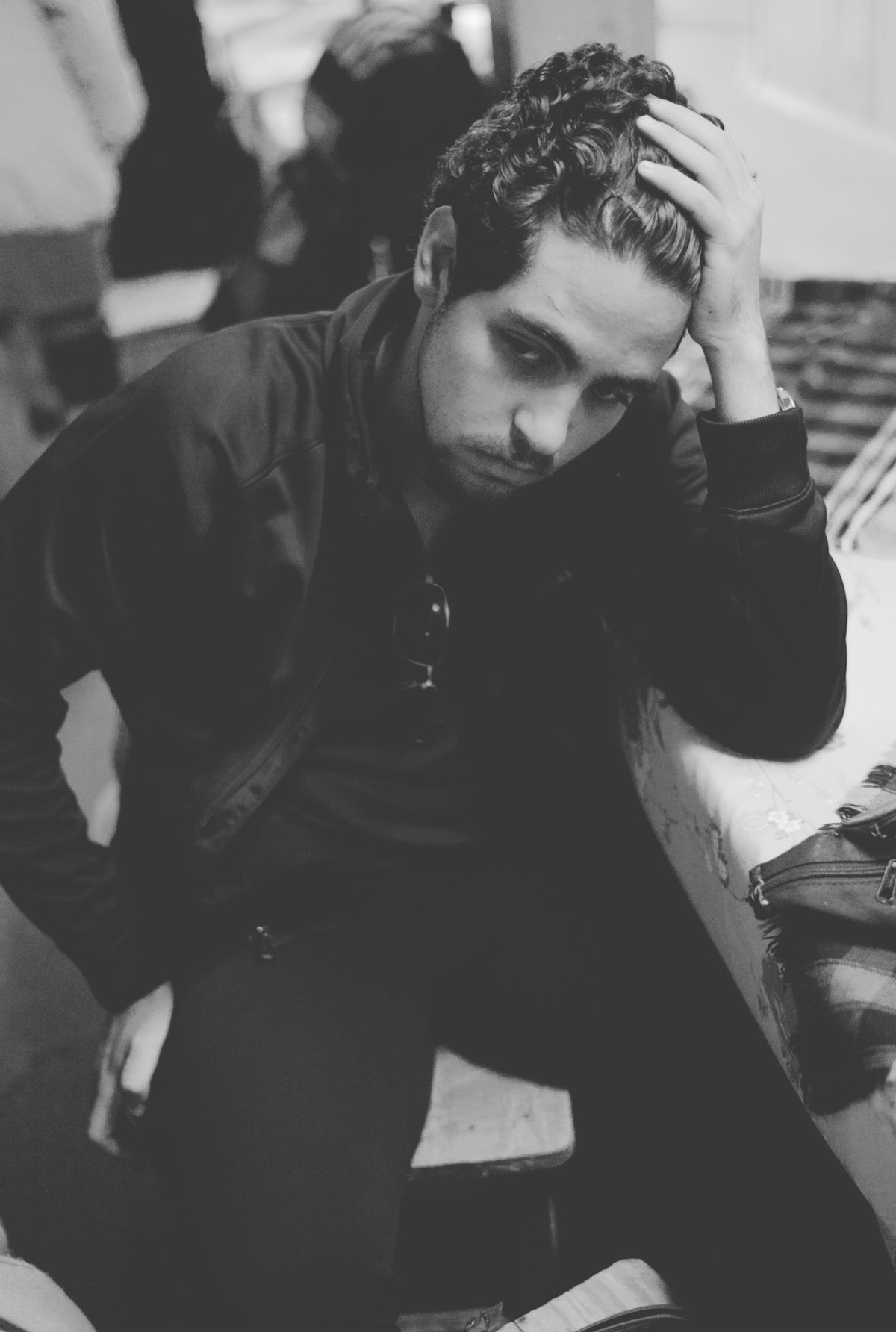Musala – the highest peak on the Balkan Peninsula. A cruel spot to visit in Summer, an even crueler to do so in Winter. At a height of close to 3000 meters above sea level and an unprecedented constant wind, it is surprising when the sun shines. It is one of those places I hadn’t yet visited in Rila Mountain. We left Sofia around 9:30 (just in the beginning of the Solar Eclipse which was quite visible thanks to the cover of clouds). We started our walk in Borovets around 11:30 (no lift) and by 1 we had managed the easiest part of the walk through a coniferous forest meandering between the small hills. We reached Mountain Hut “Musala” at 2389 meters (there is a dispute if this is the highest mountain hut in Bulgaria or if there is another one in the Balkans). That was our only stop where we had some tea, walnuts and honey (we were bringing the walnuts and the honey). The tough part started then – there was a slight wind and we were worried this may catch us off-guard. And indeed there was a spot where we had to walk on four legs but that was fine in the end. The final portion was the actual rock climbing – holding with both hands to the steel rope and praying that if you slip, your gloves will hold you well. We were not attached to the rope – we were just holding to it. On one side of the rocks was a fall into a pool of stones, on the other side of the rocks was a fall into an ice-frozen lake. Either one of them would have been deadly. Magically, around 4:30 we reached the final point and when we showed our faces across the ridge of the final step, the setting sun was like a nuclear blast in our face. It was a blessing! It was difficult to sleep there because of the thin air and the change of pressure. It may also have had something to do with the solar eclipse too. After a series of massages (proper ones – that make each spinal cord and every other bone crack), we had dinner in the form of tea, honey, walnuts and apples – all bio, all home-grown, all travelled 2000 m in altitude and about 20 km in latitude. I went out to shoot the stars for a while but at -16, neither I, nor my camera could last for too long hence the lack of patience with proper exposures and pure enjoyment of the view. The next morning, because of the difficulty with sleeping, it was a song to wake up for the sunrise – which is, as I was criticised to have said (“thin air” someone suggested), like a slowed down ocean of white cotton, illuminated in pink and pale blue light like a magical symbiosis of the male and female – because the cosmic energy is ubiquitous and omnipotent. Three very dangerous slips (I ended up hanging just on my hands), some further marveling at the lack of ANY wind, a couple of layers of clothes taken off, and 2:30 hours later, I was falling asleep in the car back. All pictures, made with Leica M9, and Summicron C 40/f2 (mostly at f5.6 or f8) – what a tough journey for that little piece of digital equipment – how it survived the -16 degrees temperatures, and kept functioning without hiccoughs, without change of battery or other problems, I’ll never know. The last 5 pictures have received almost no manipulation whatsoever (I should do a series one day of the different steps taken for clearing up one of these pictures from the beginning to the end).

